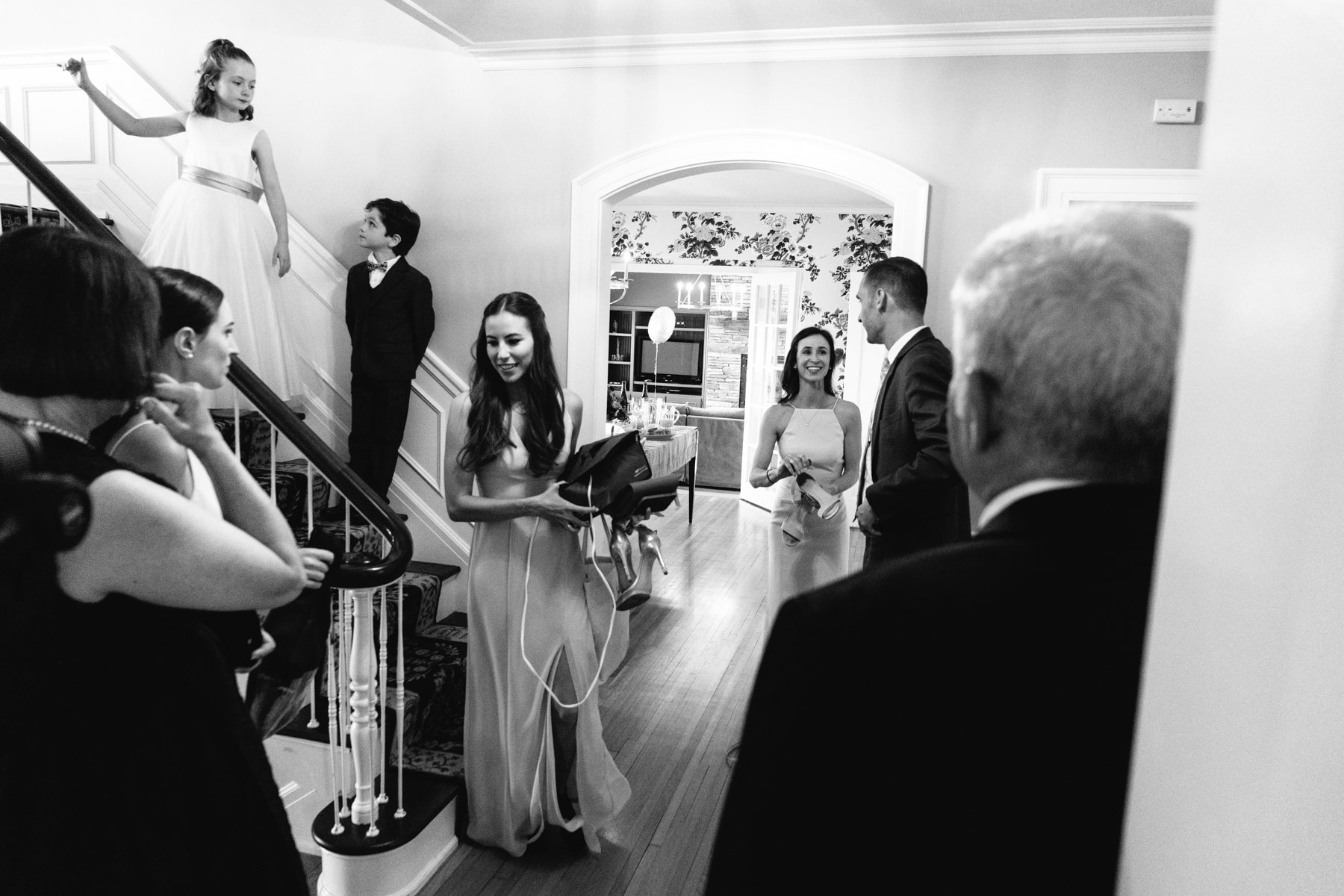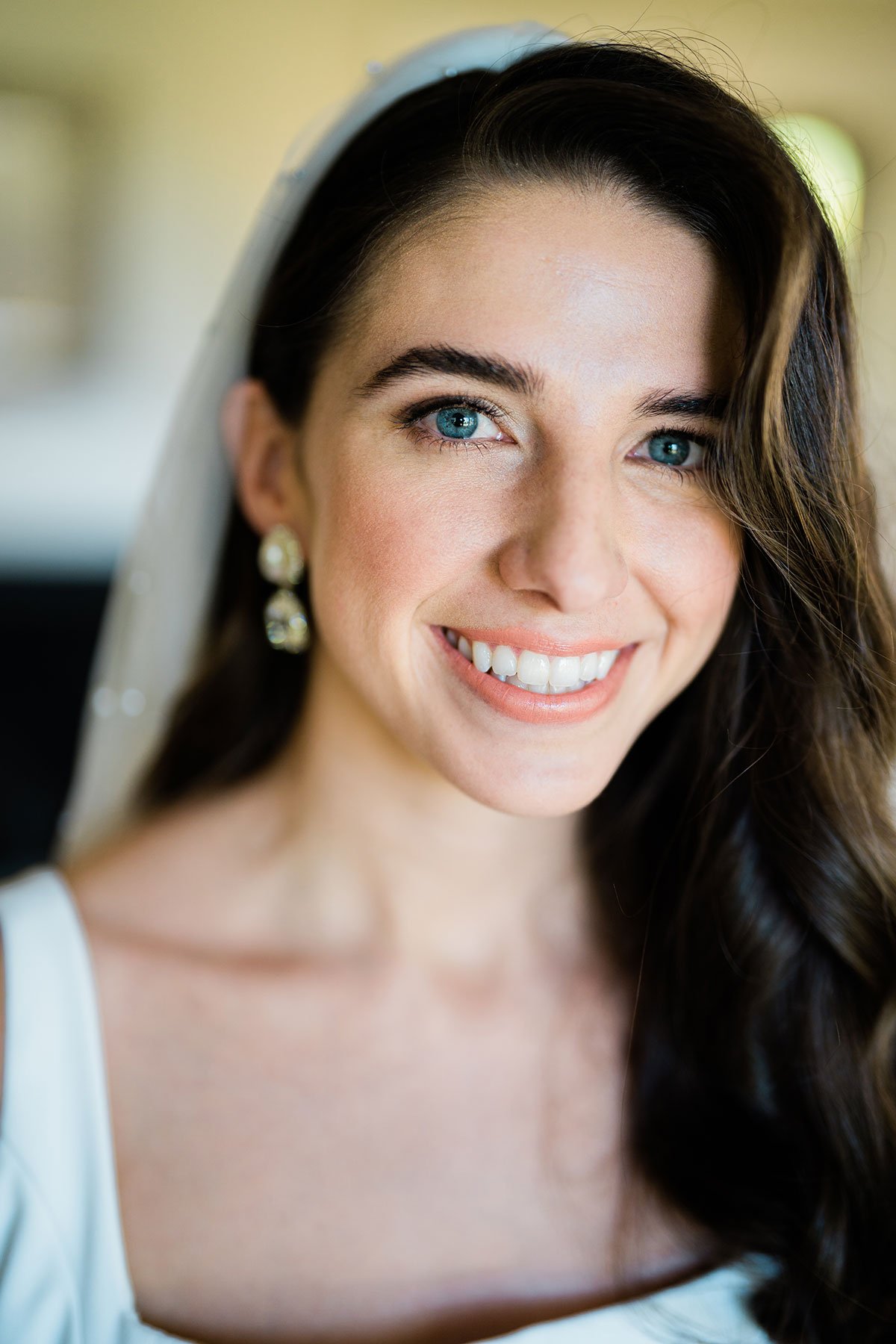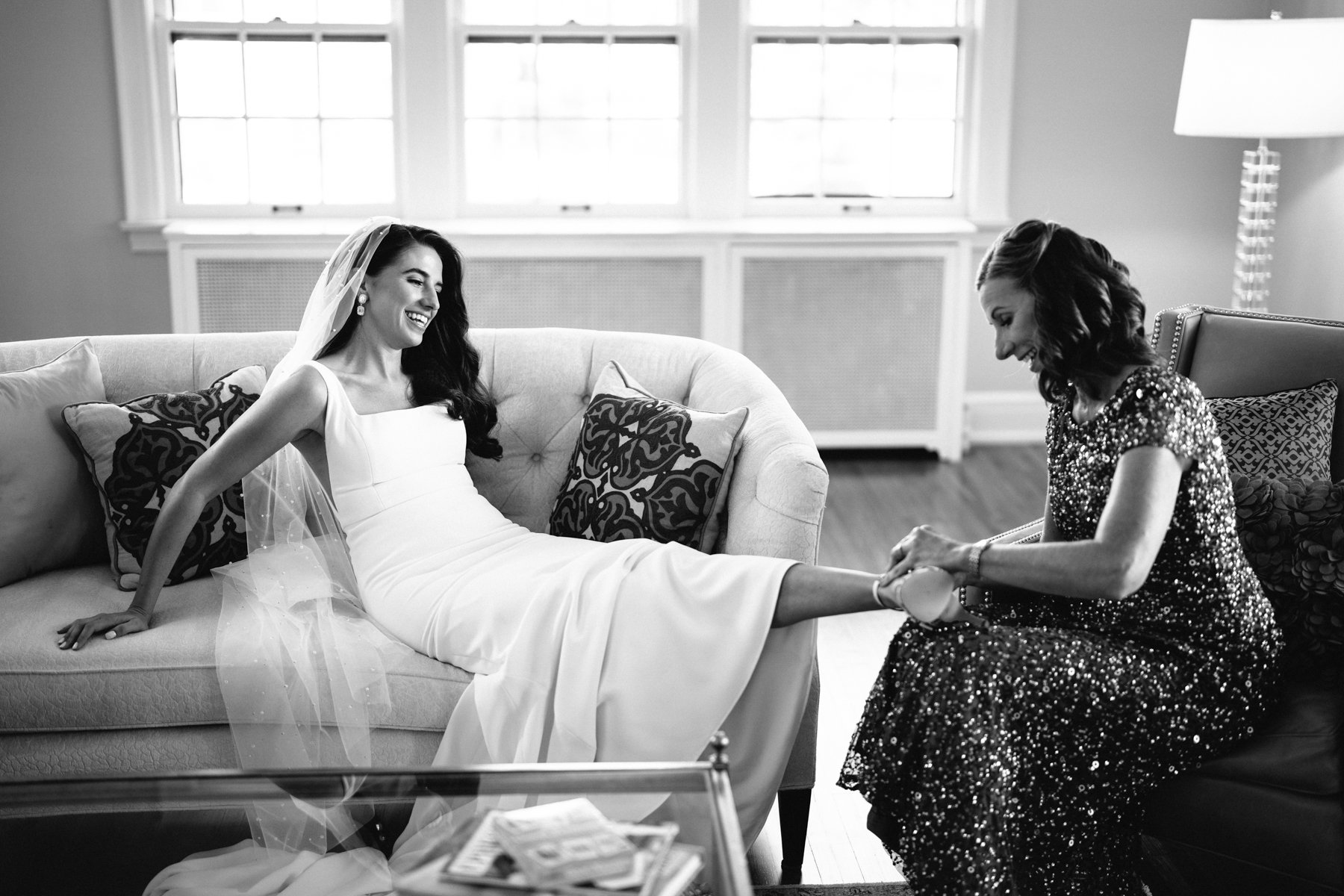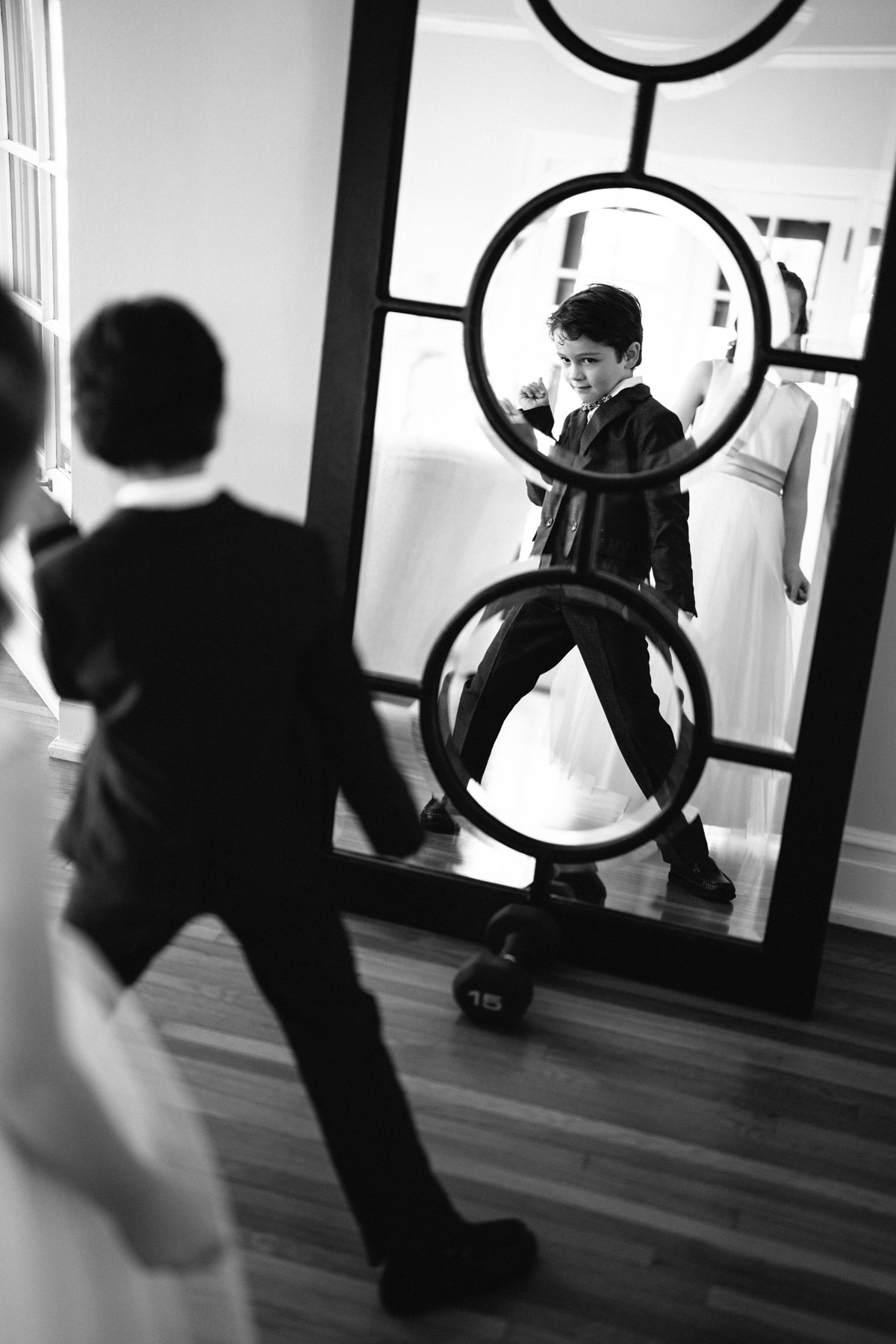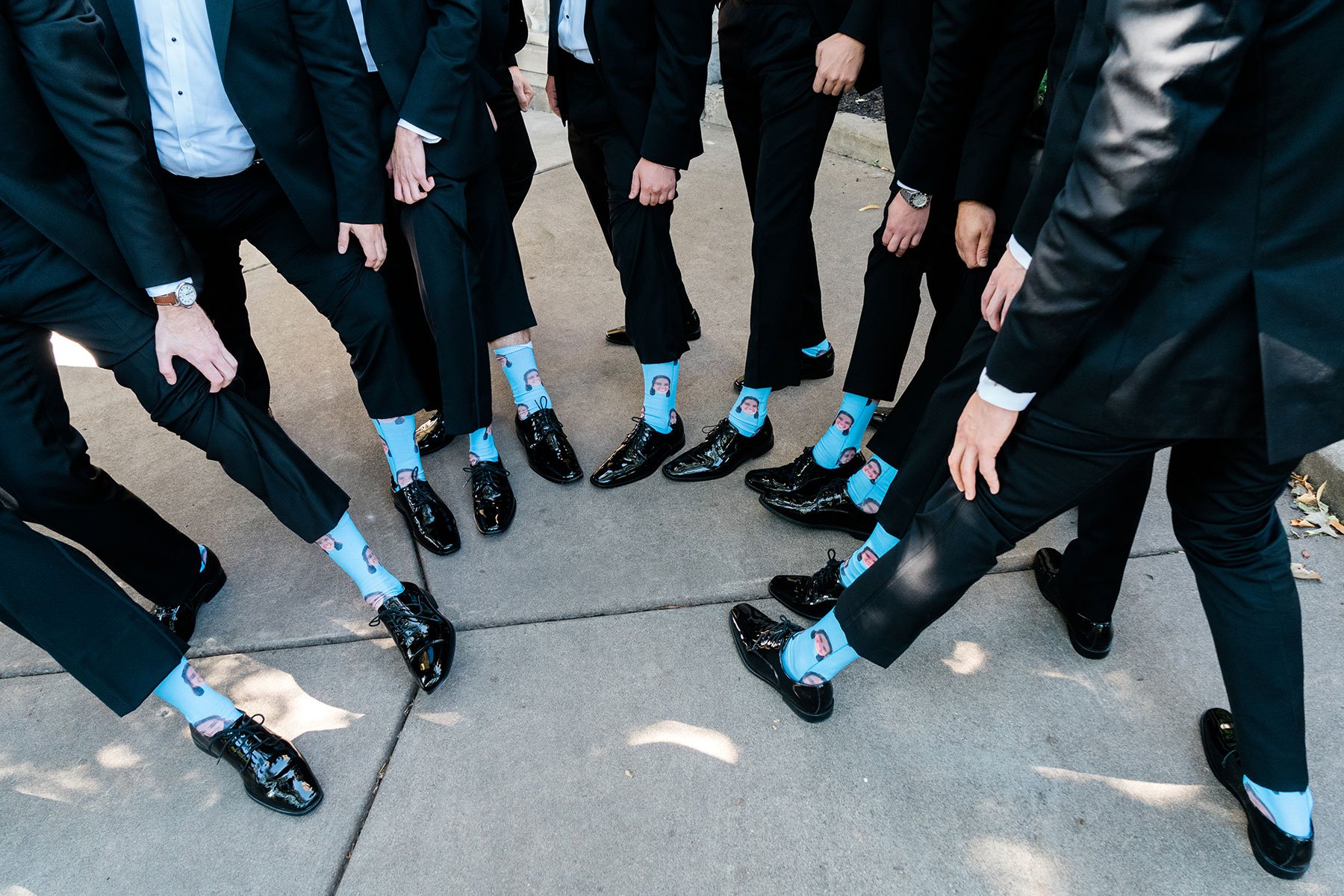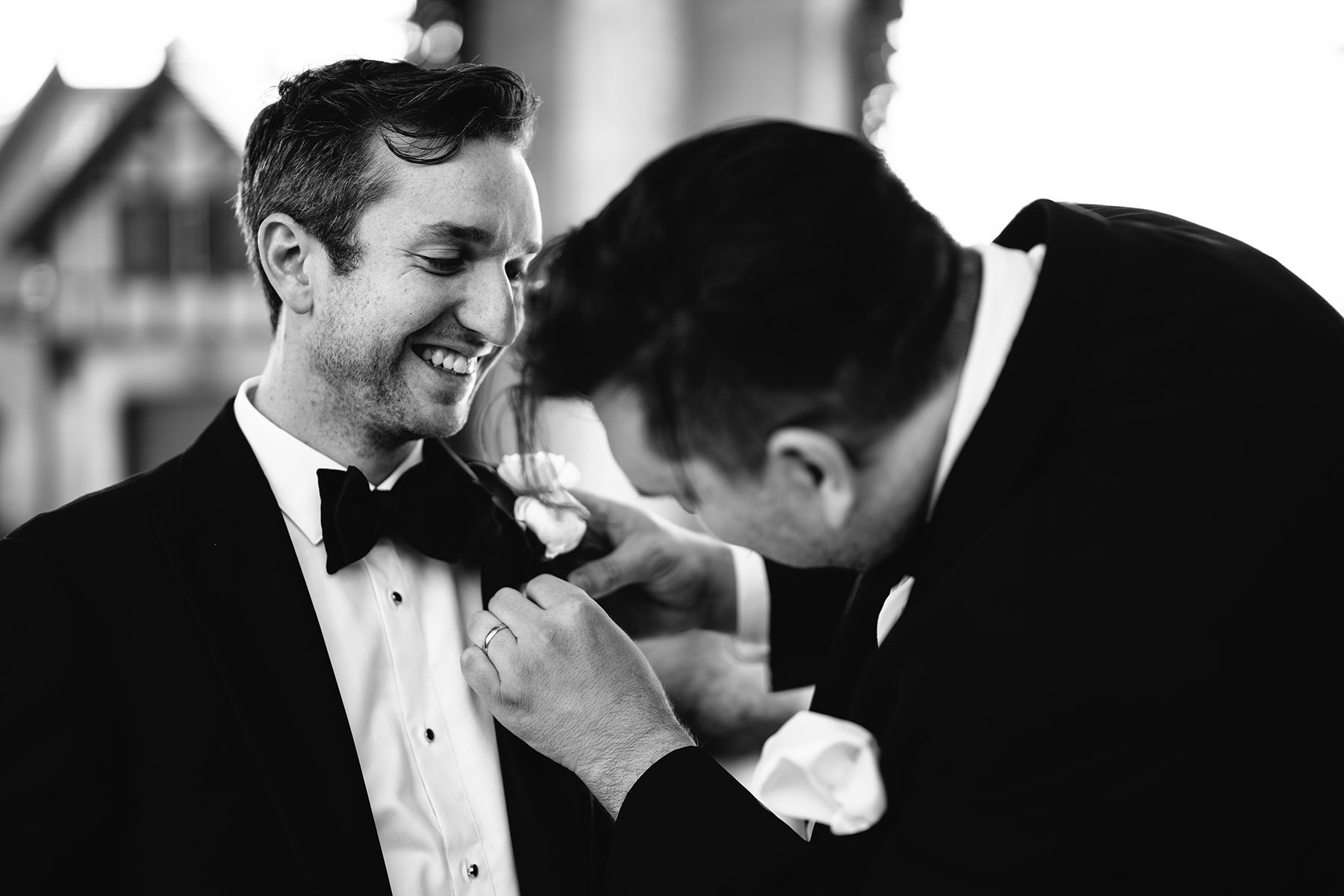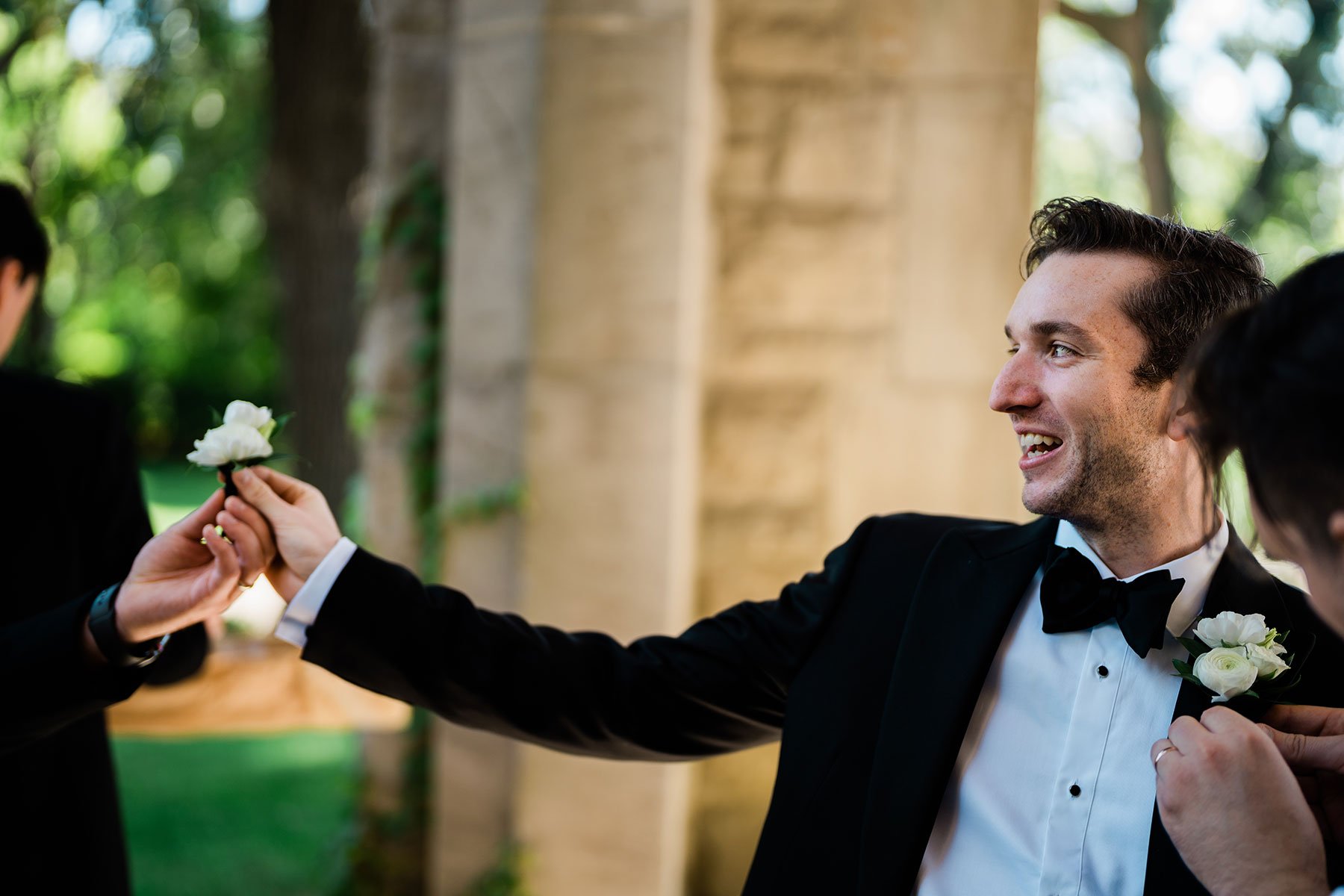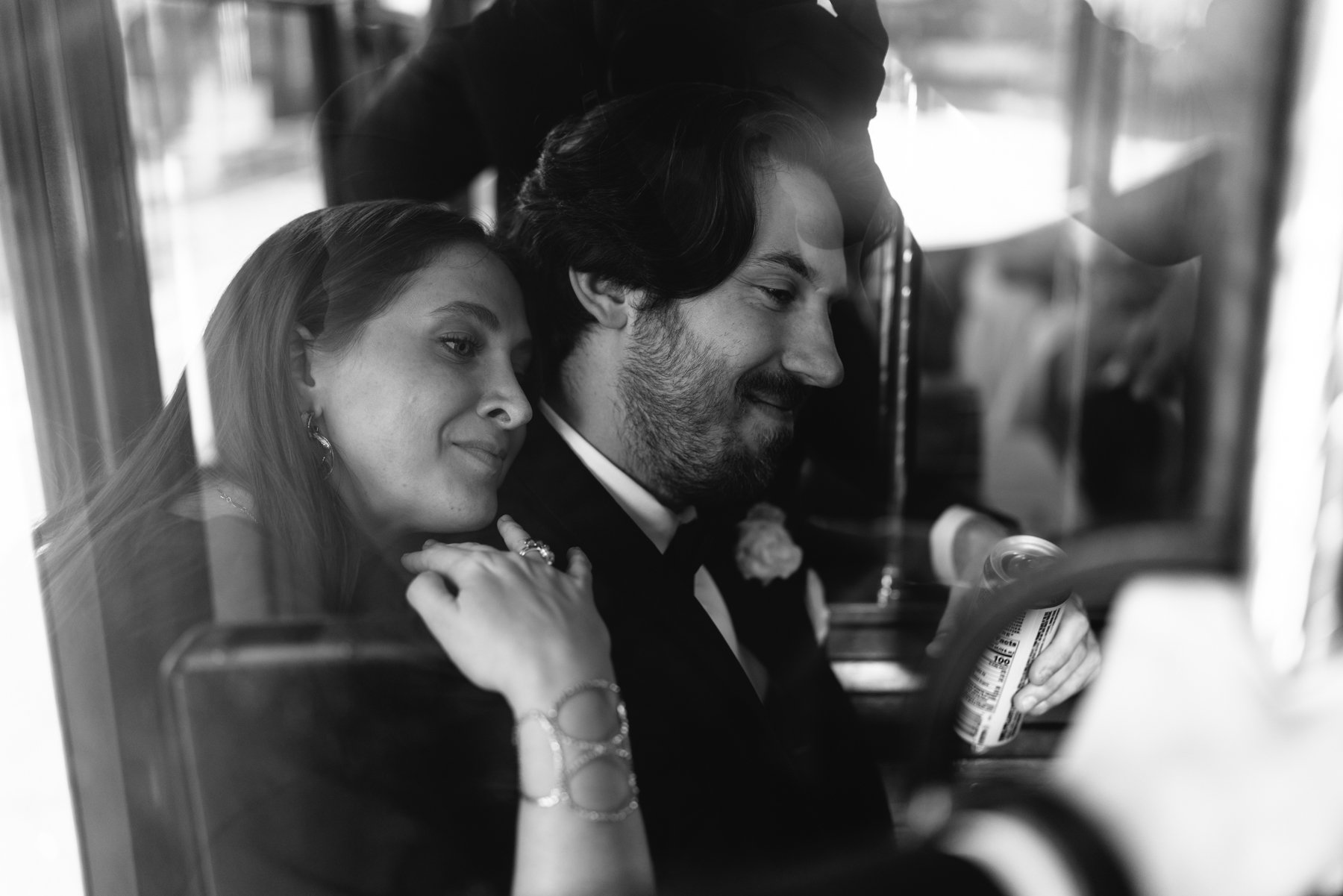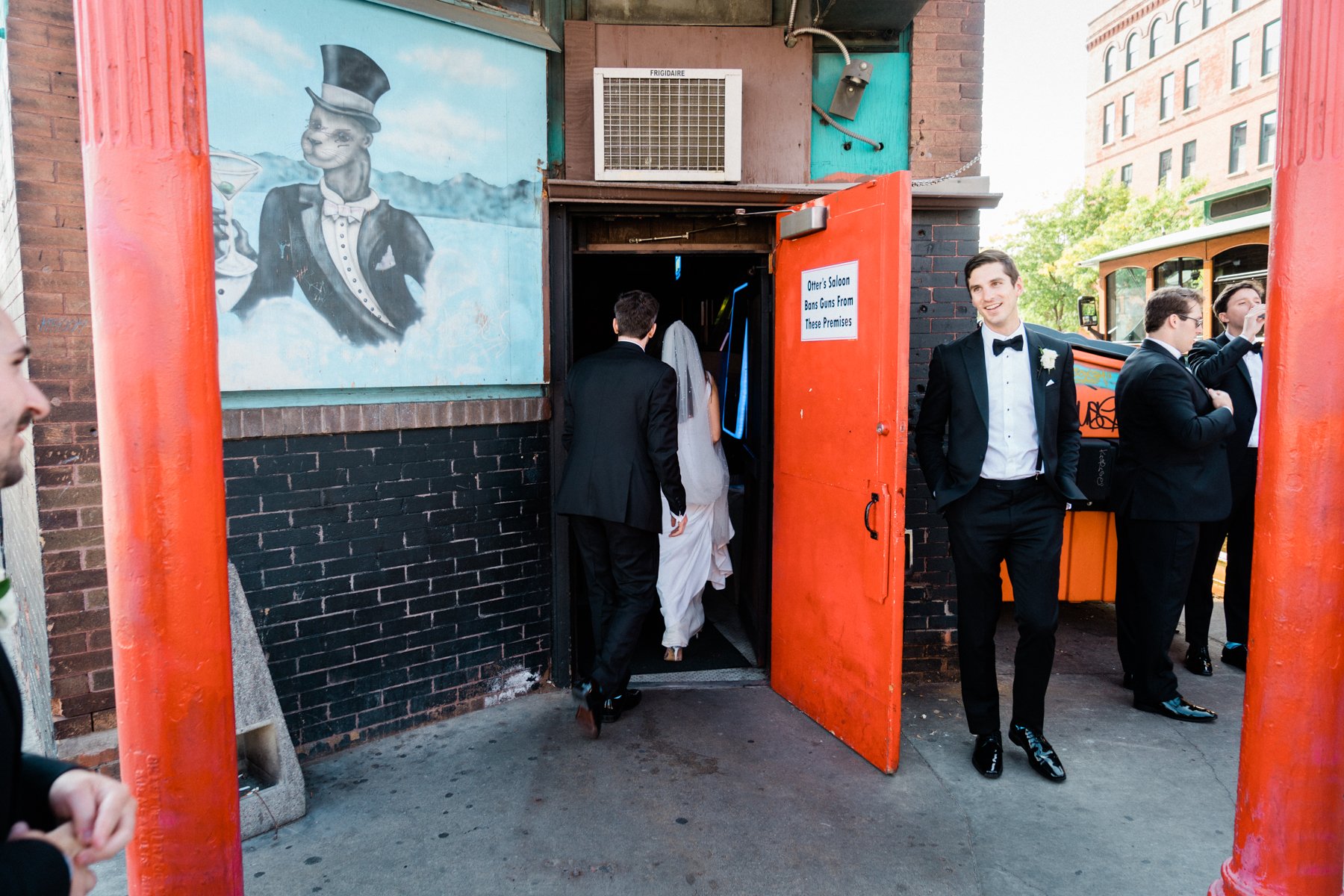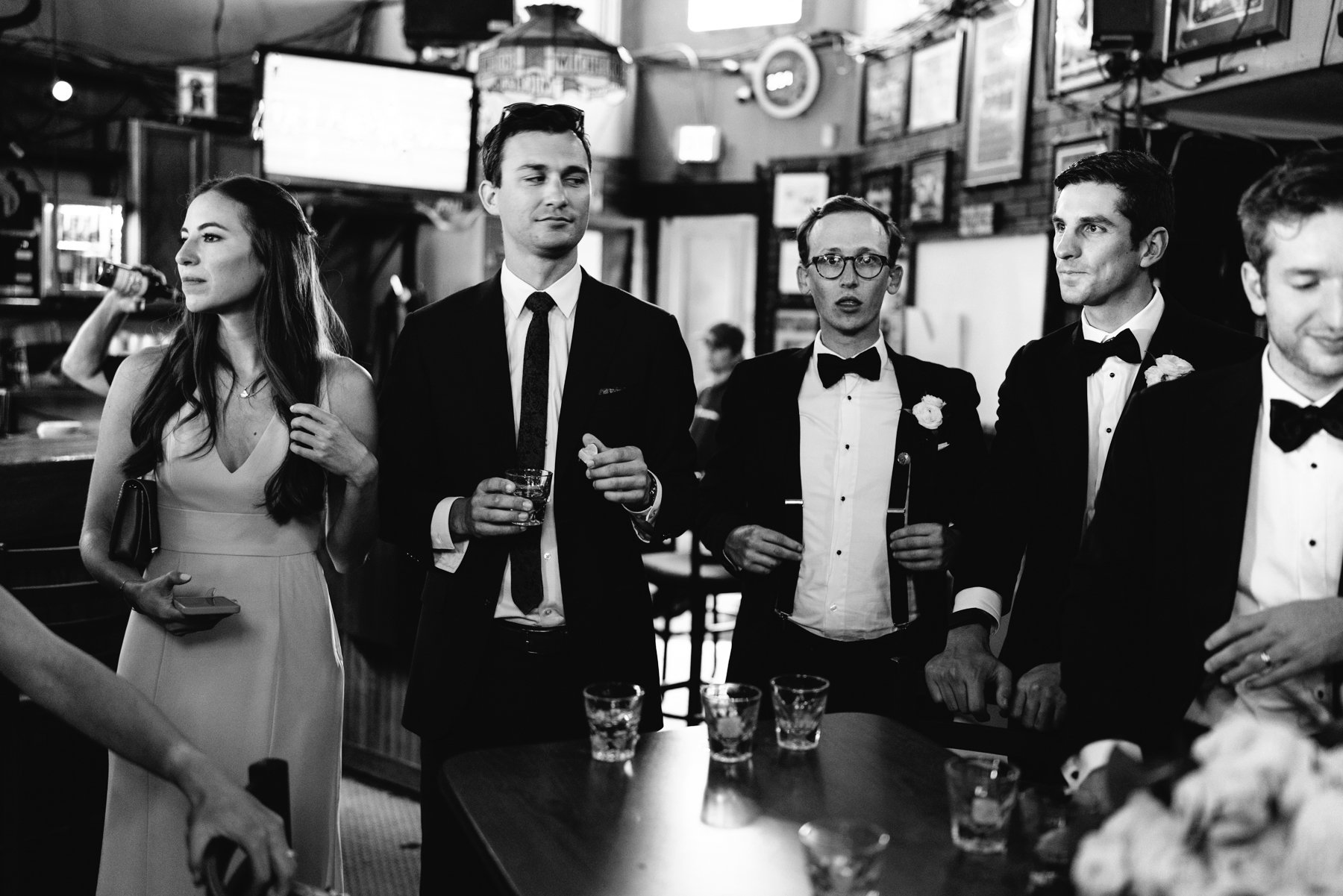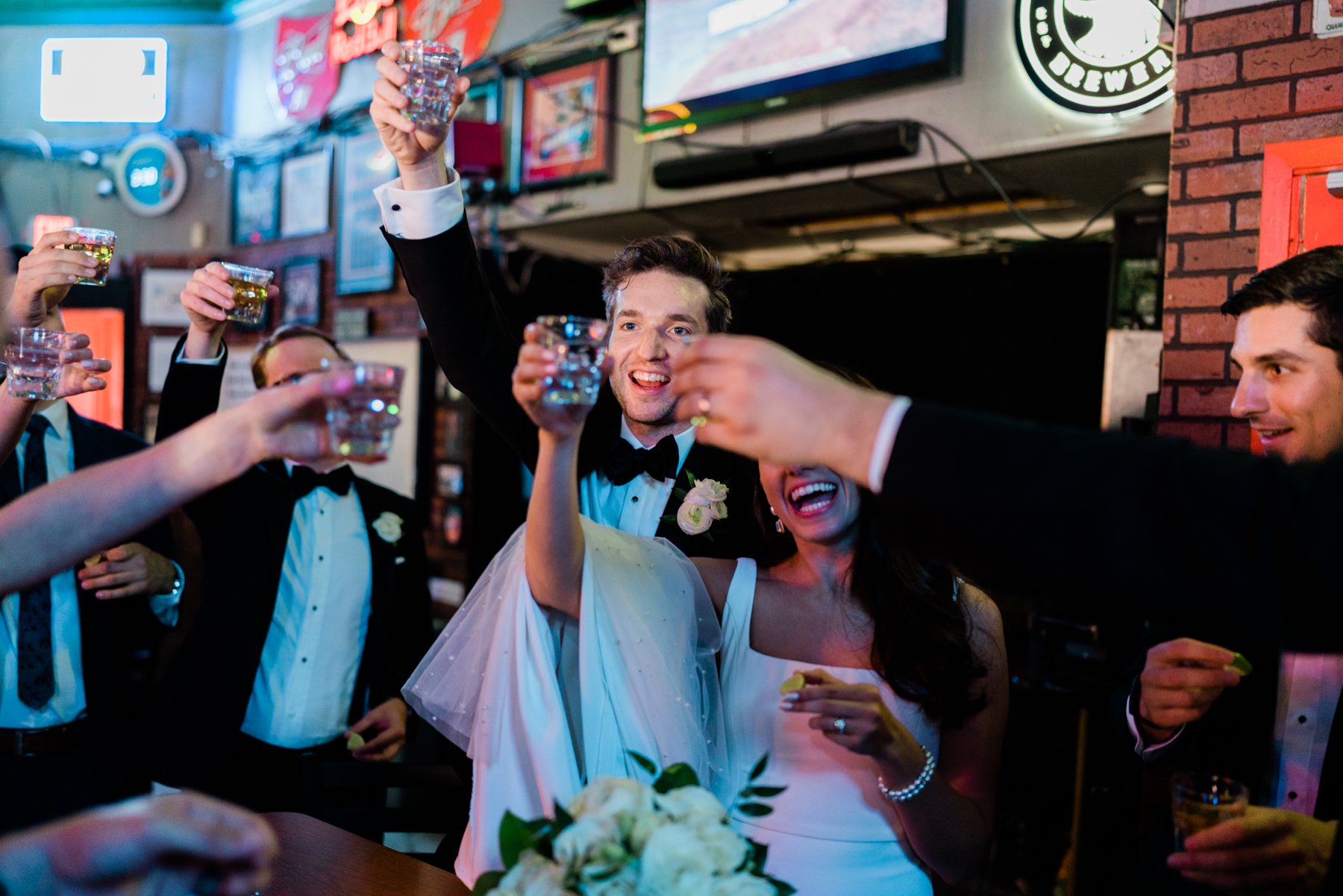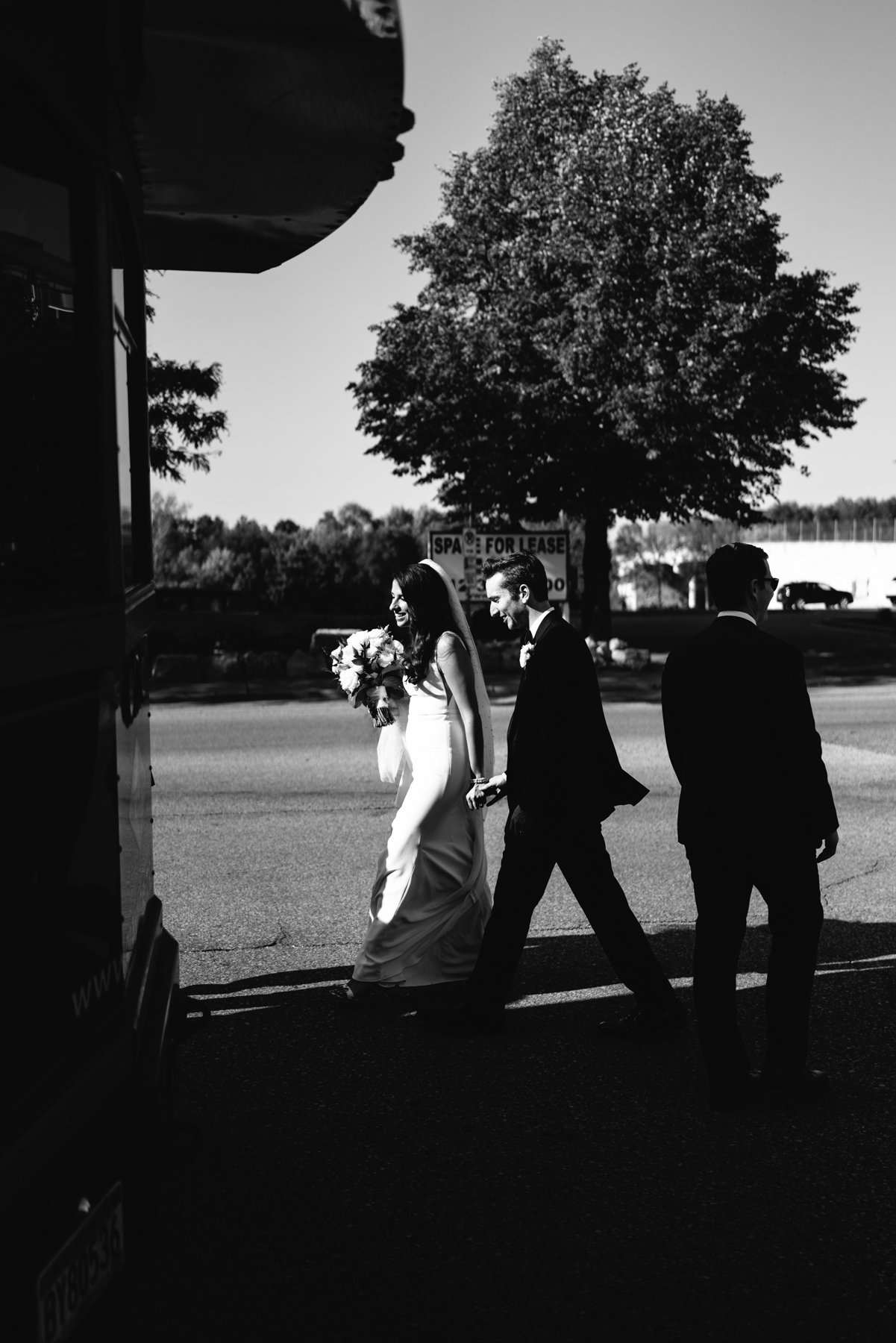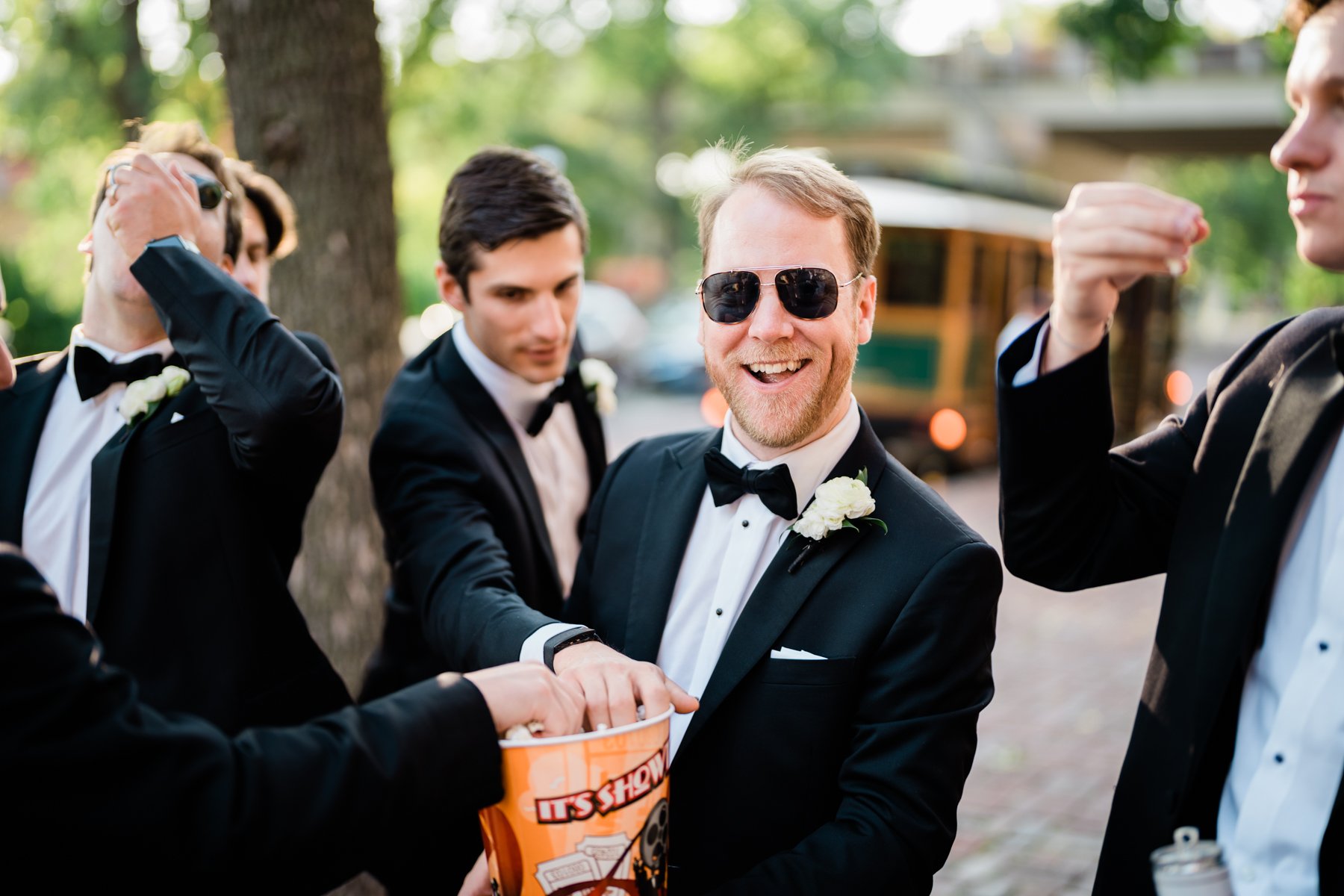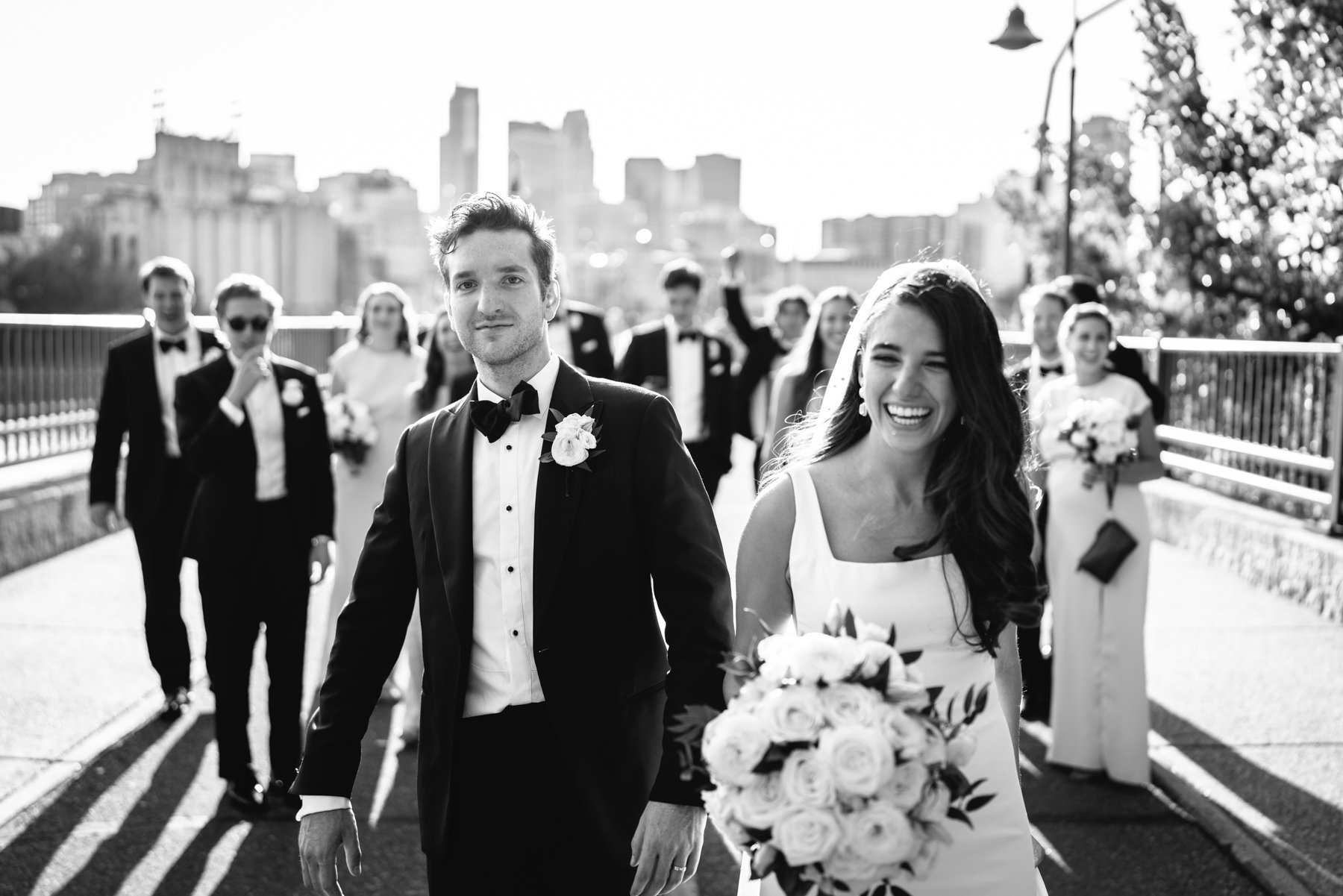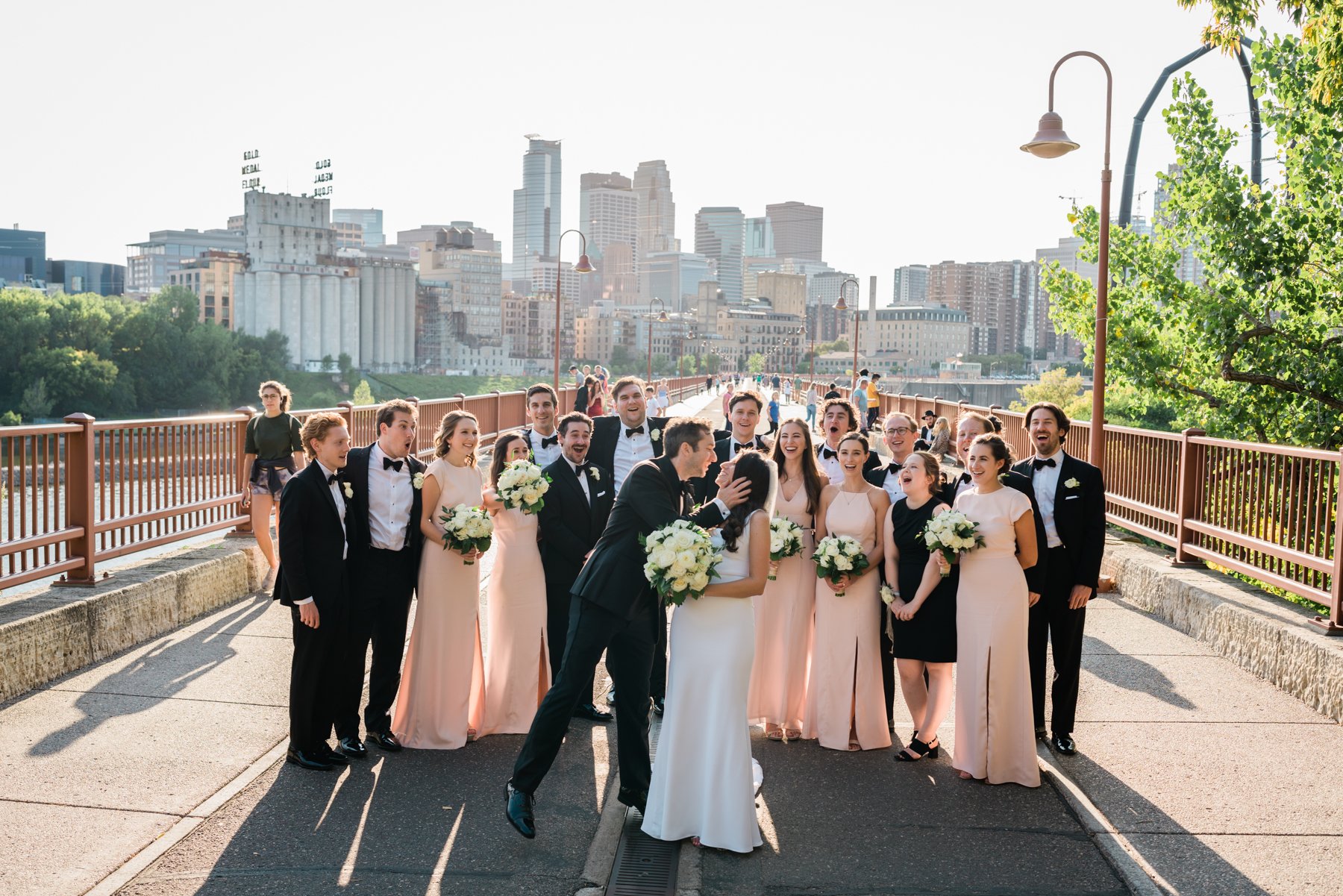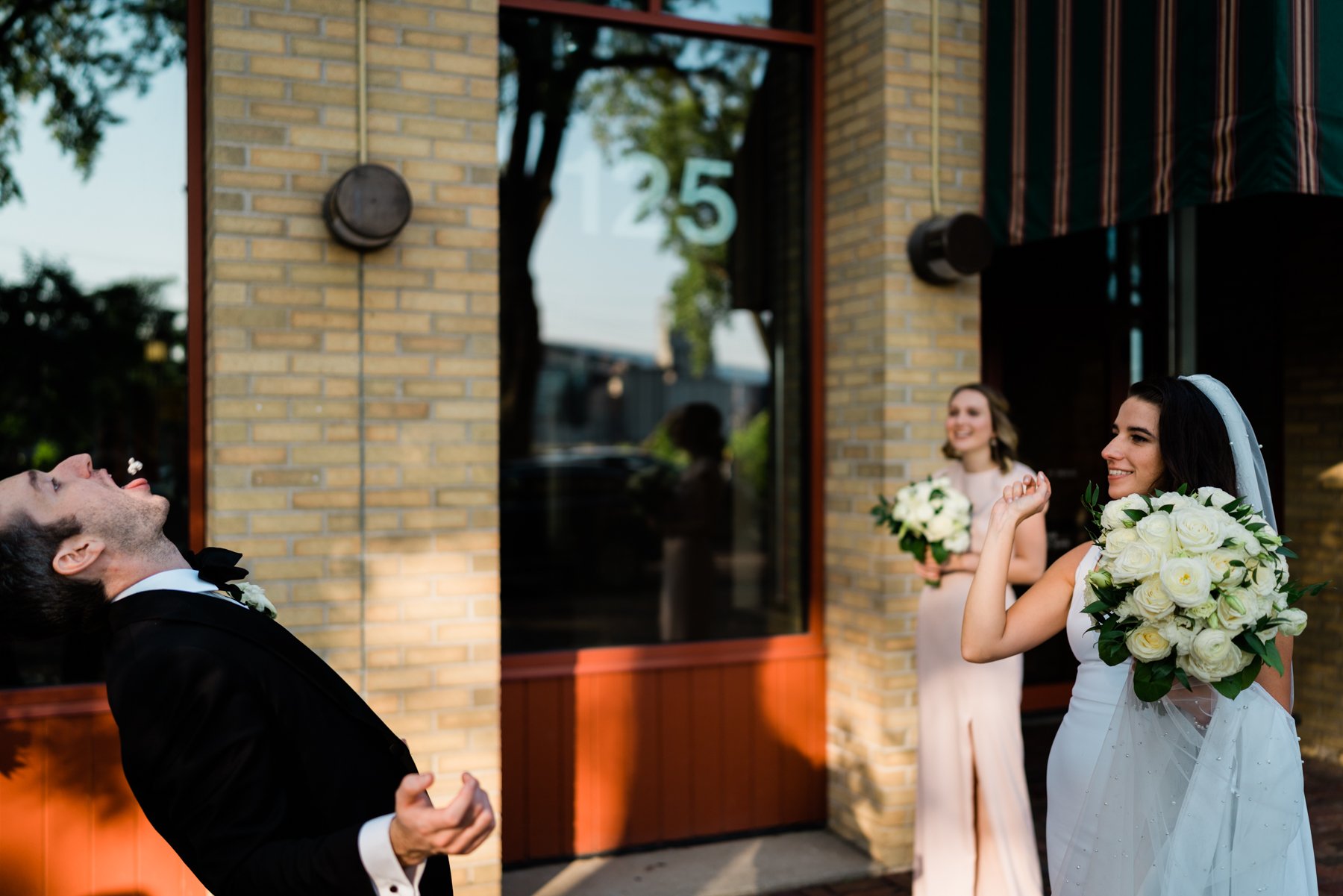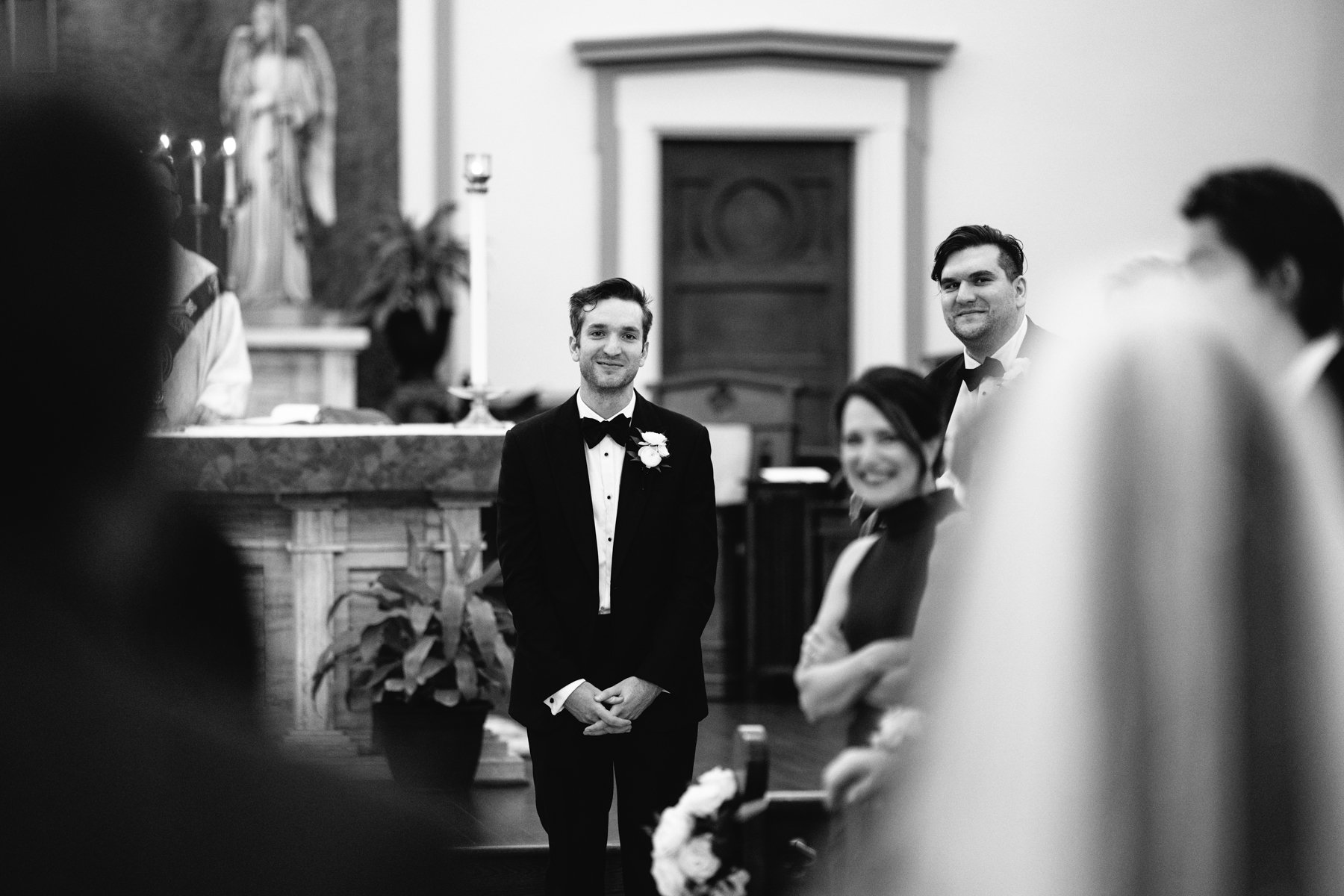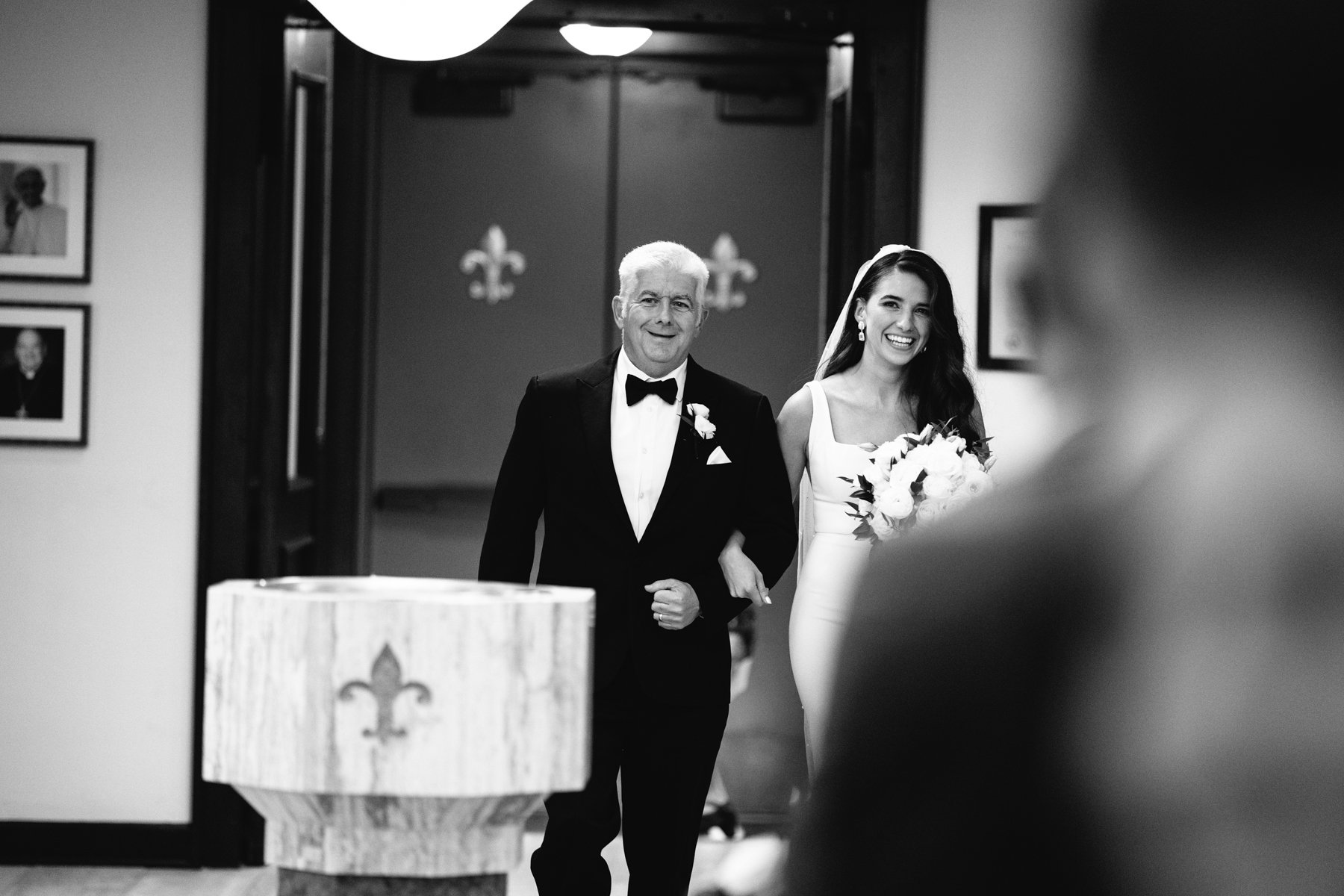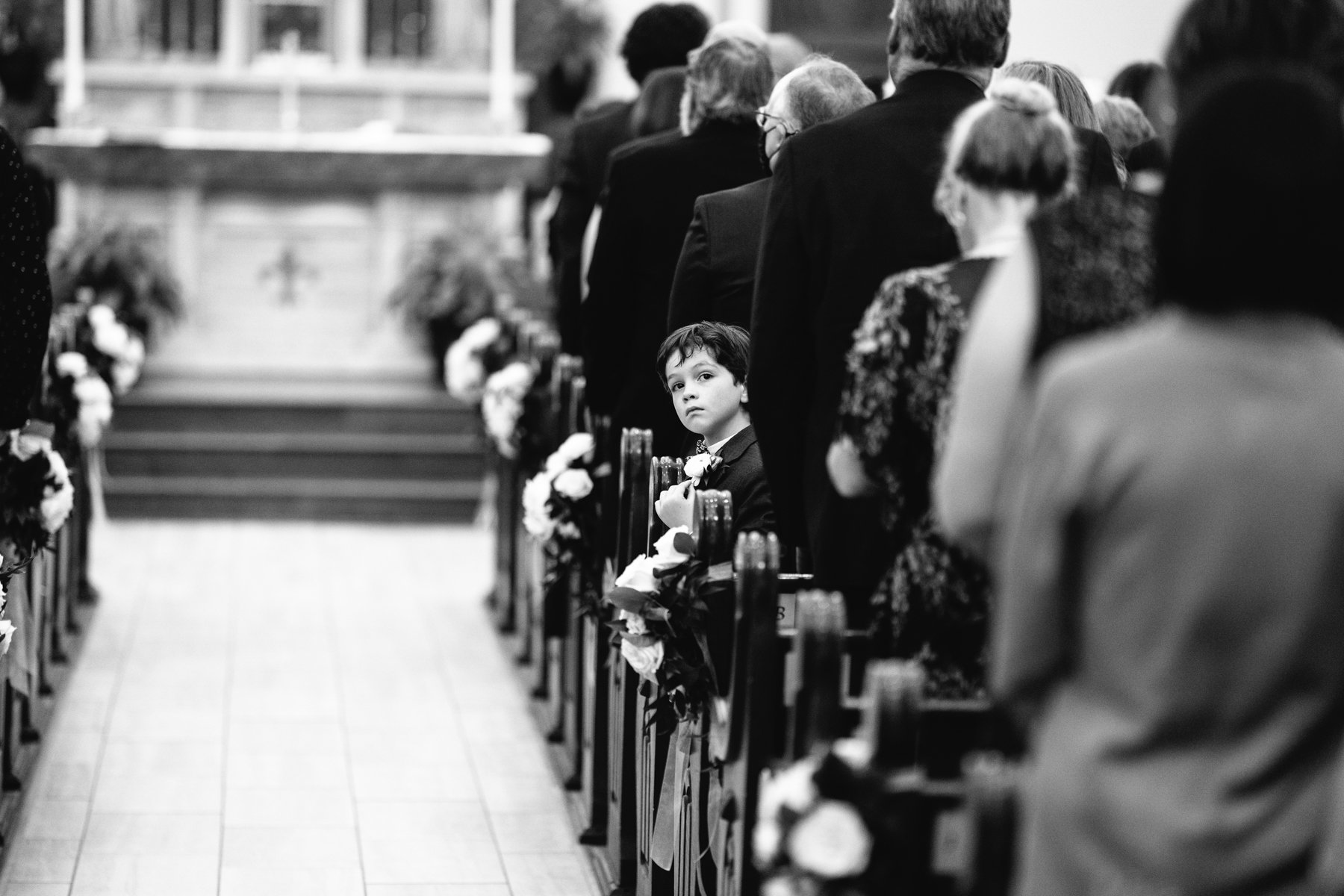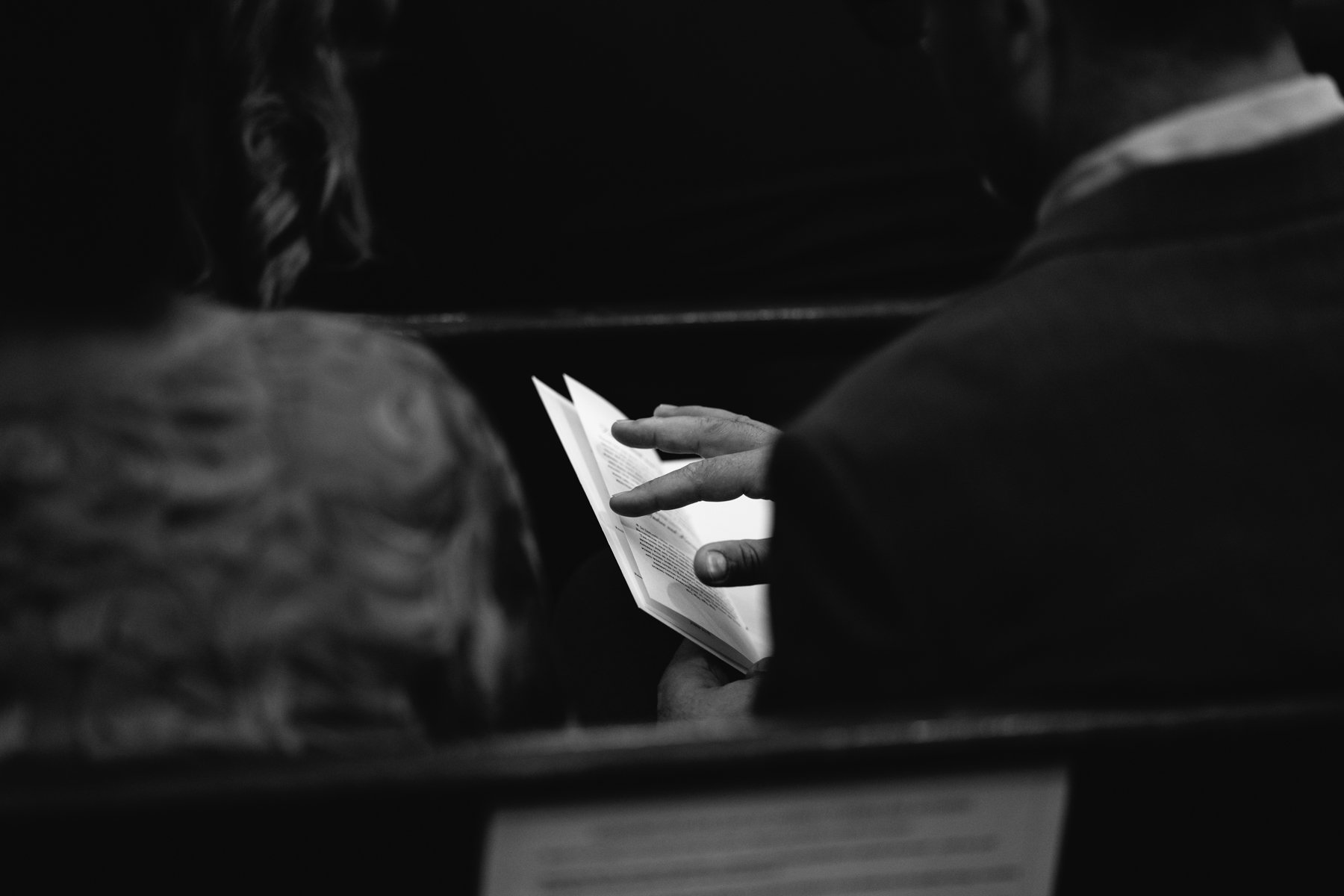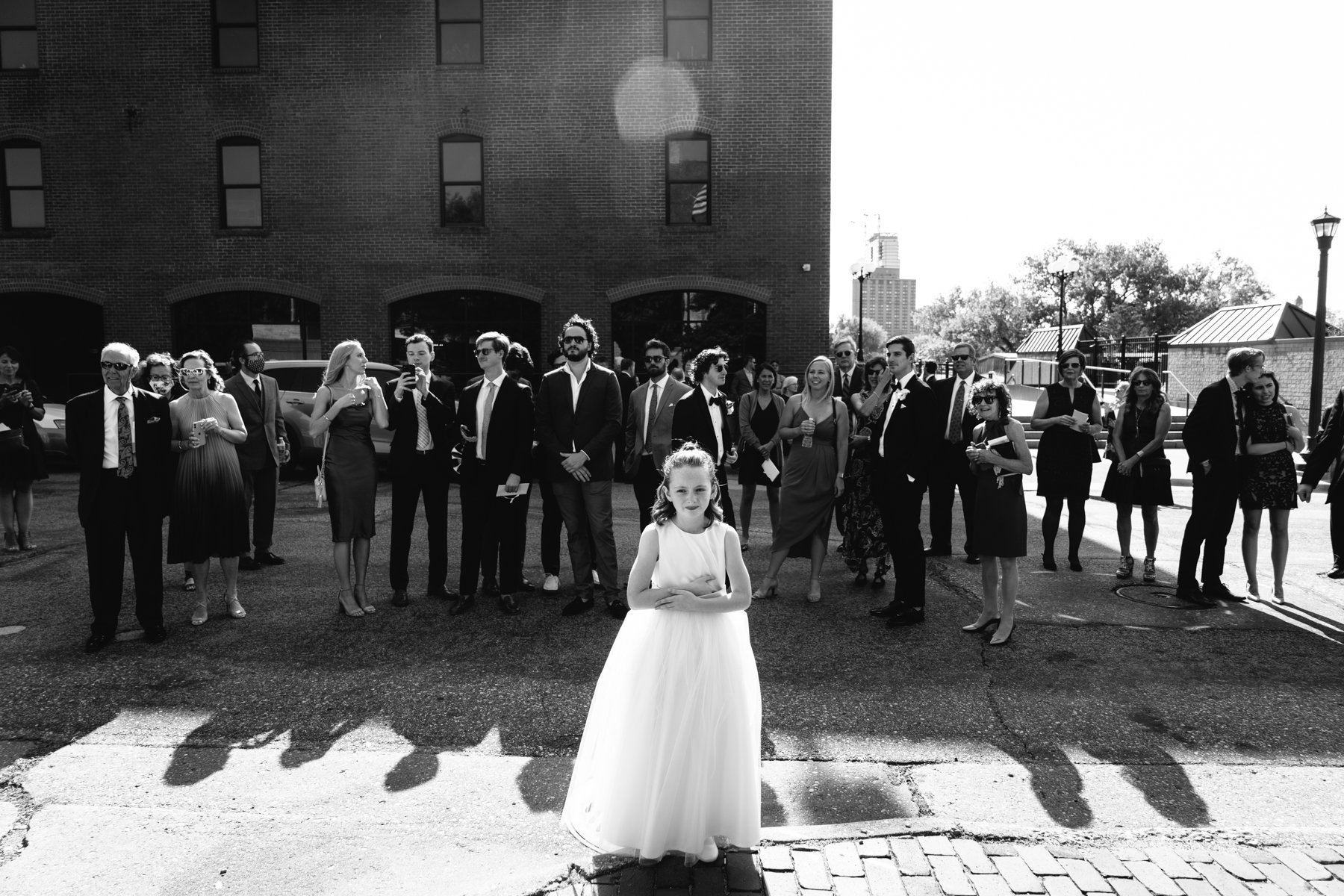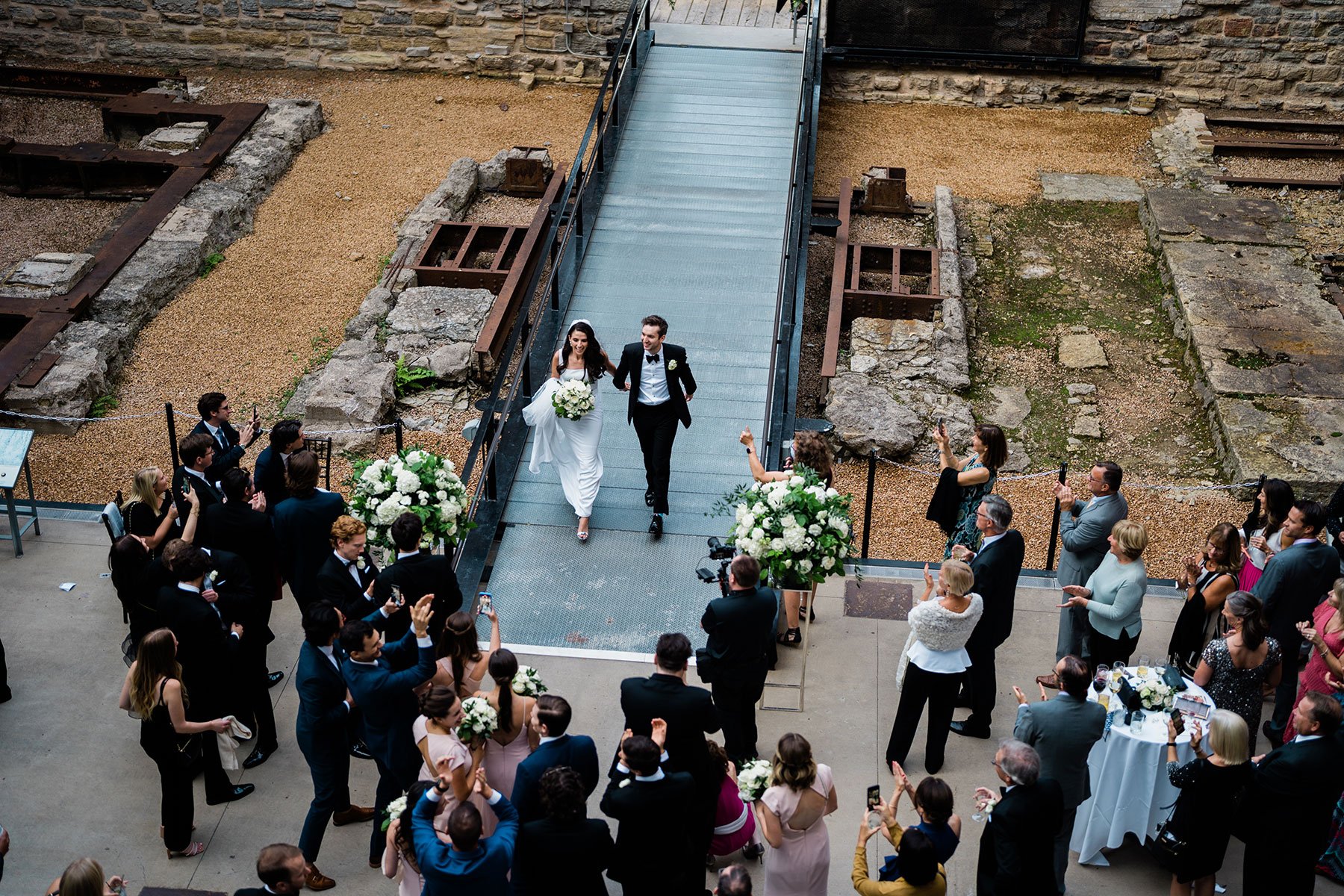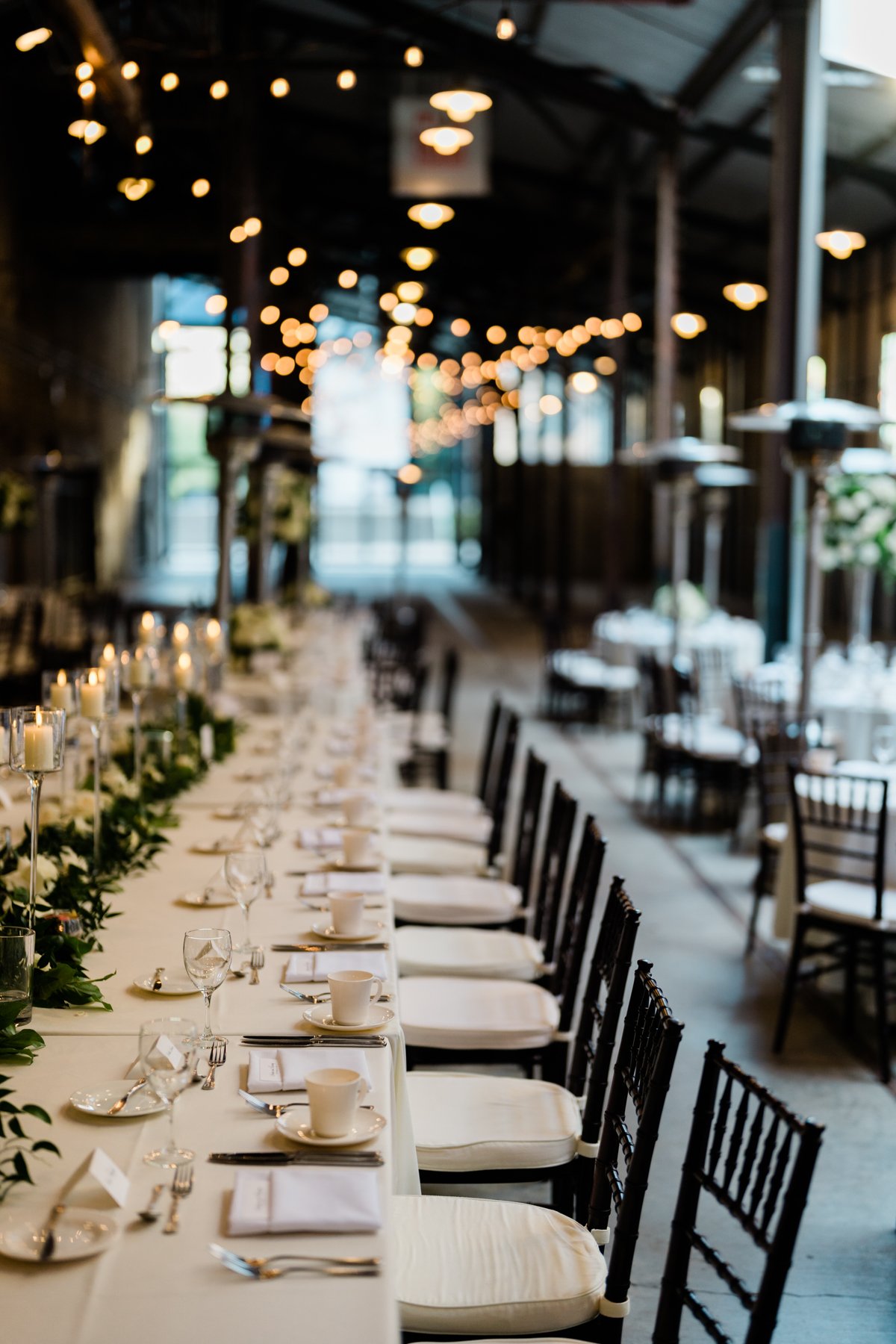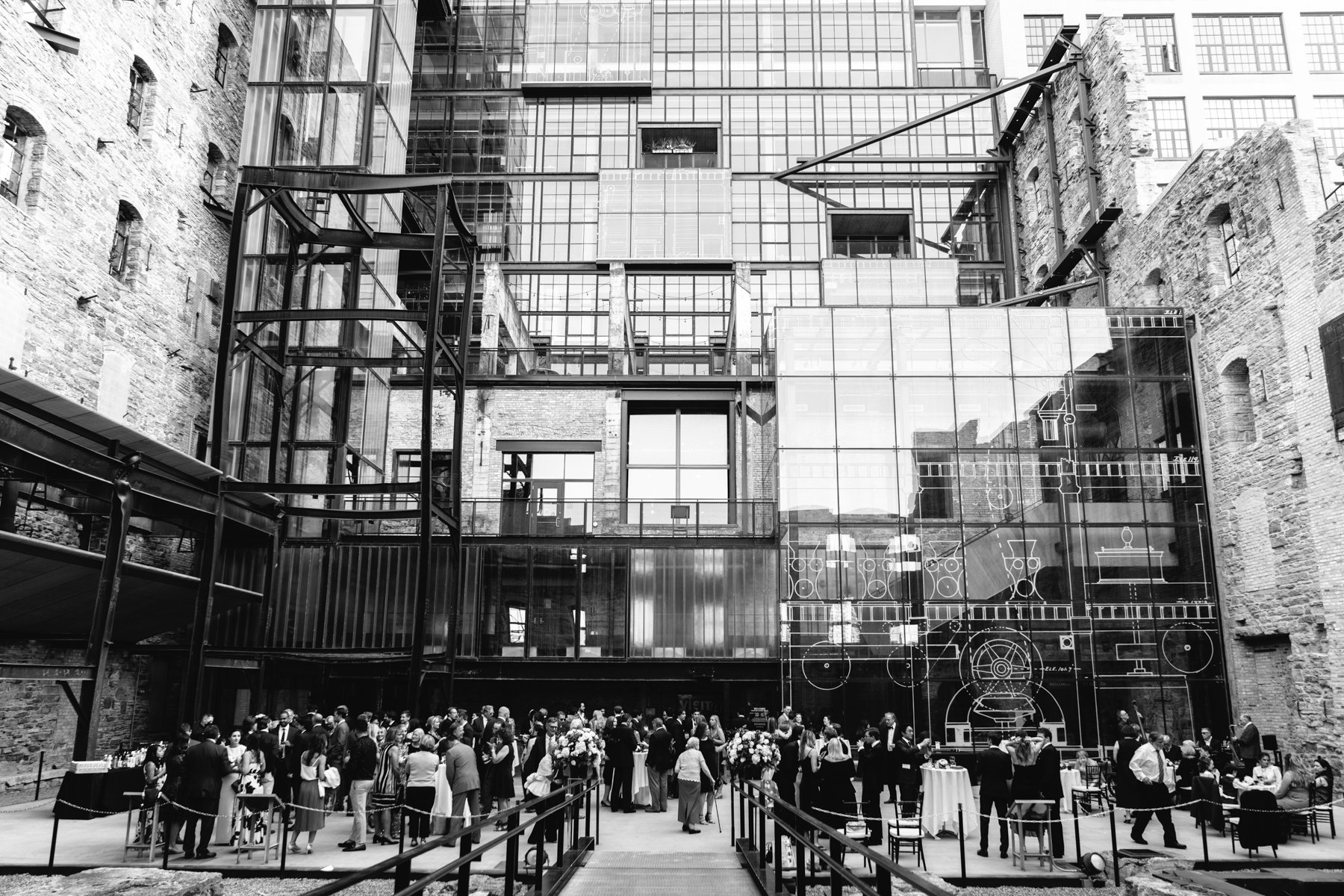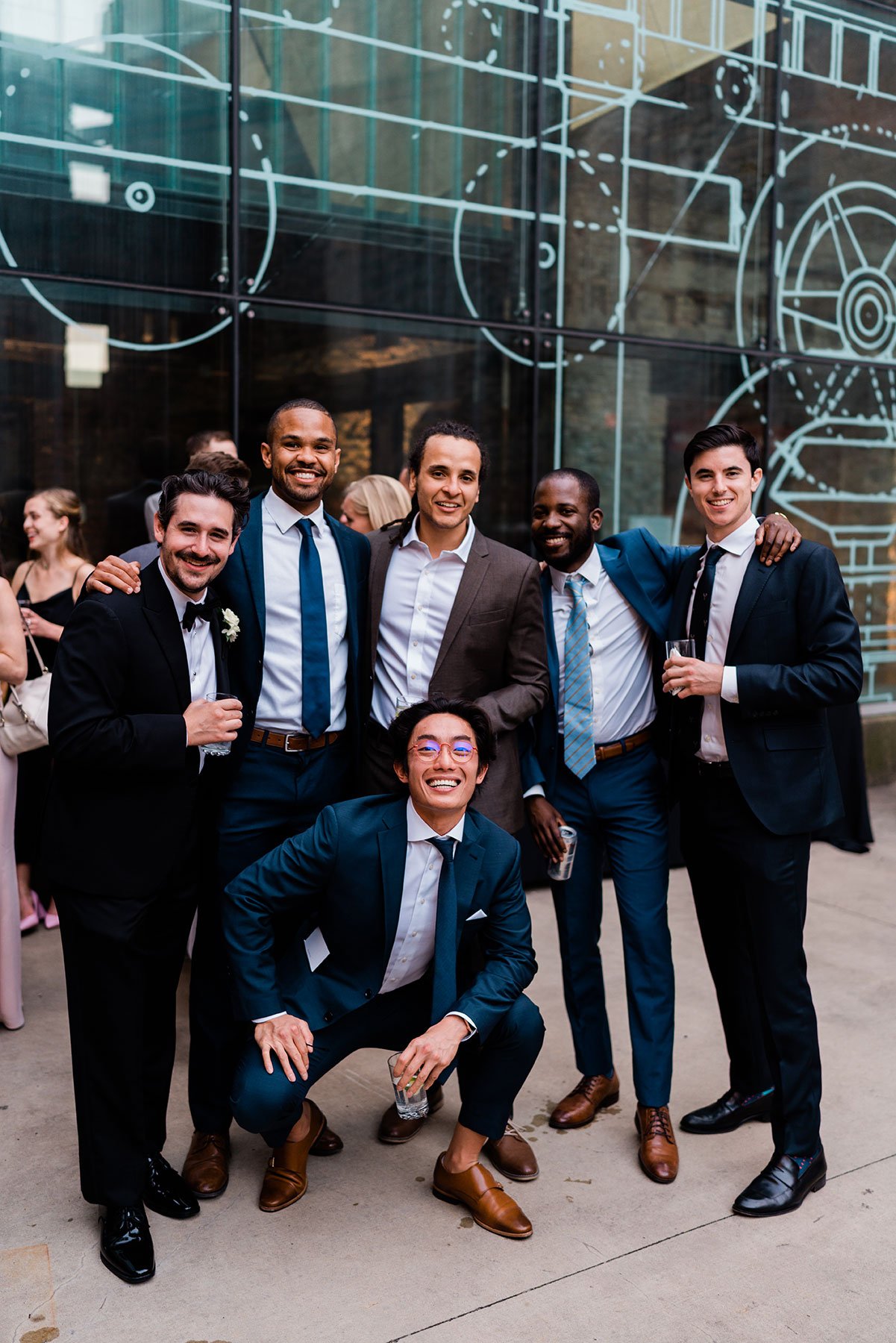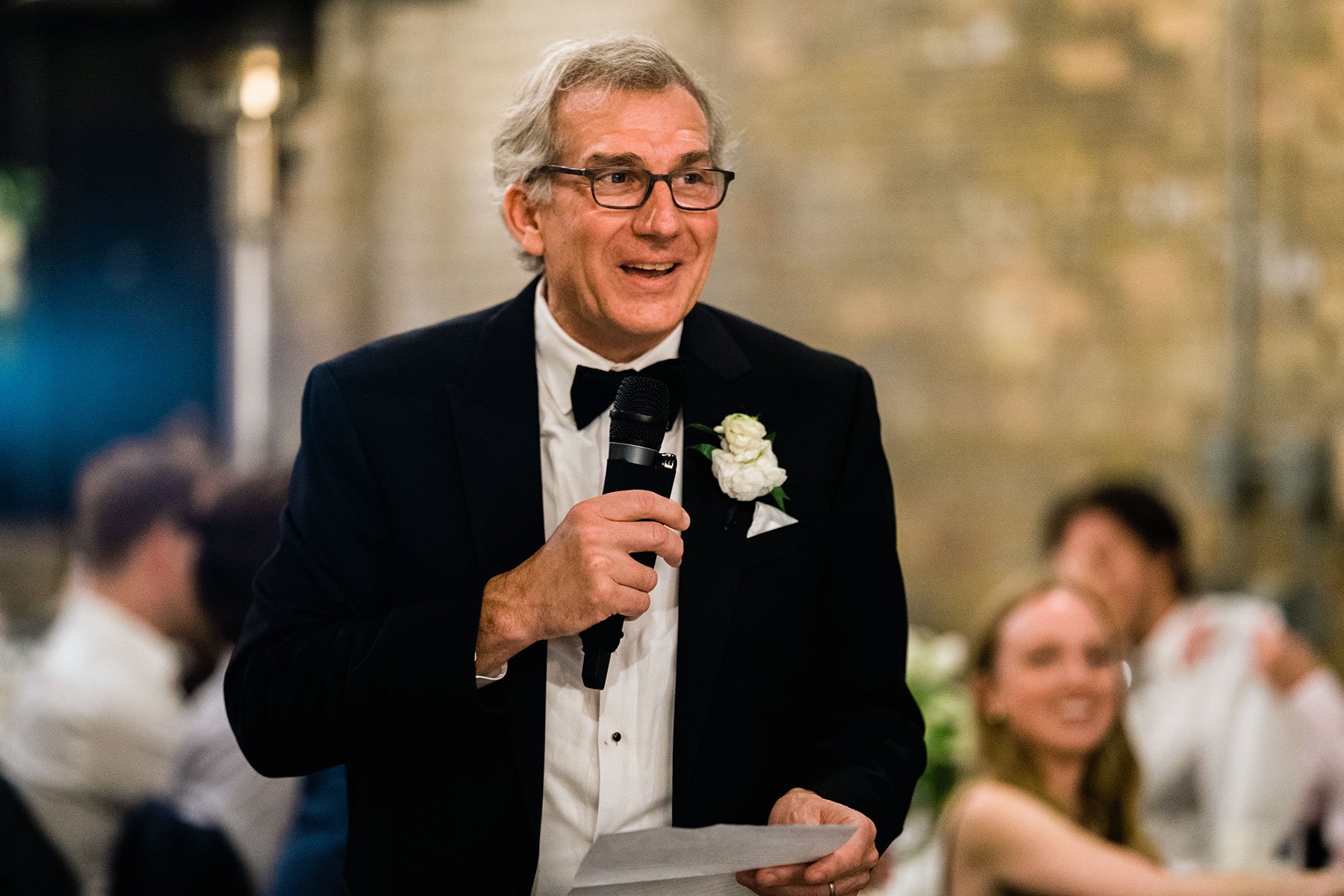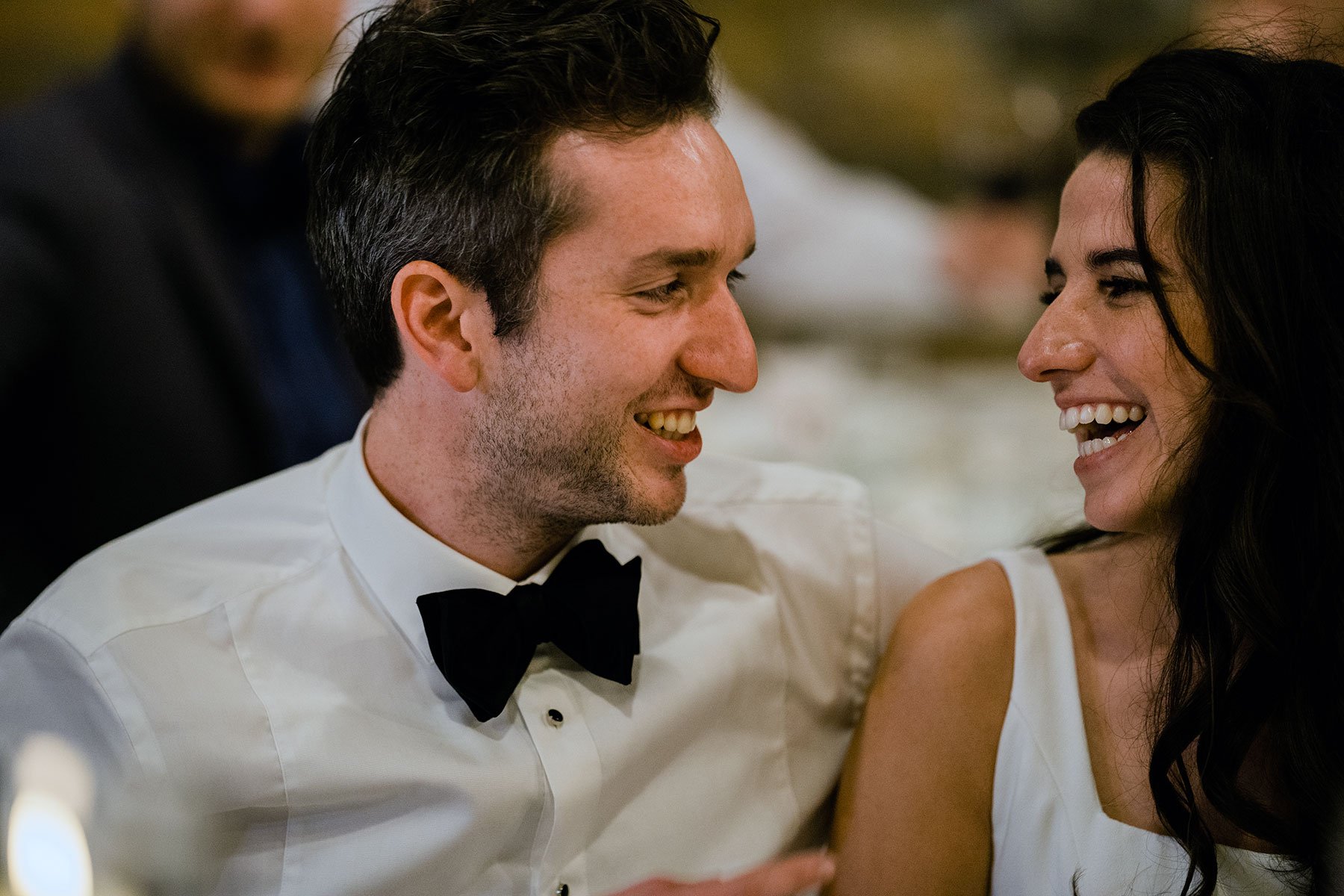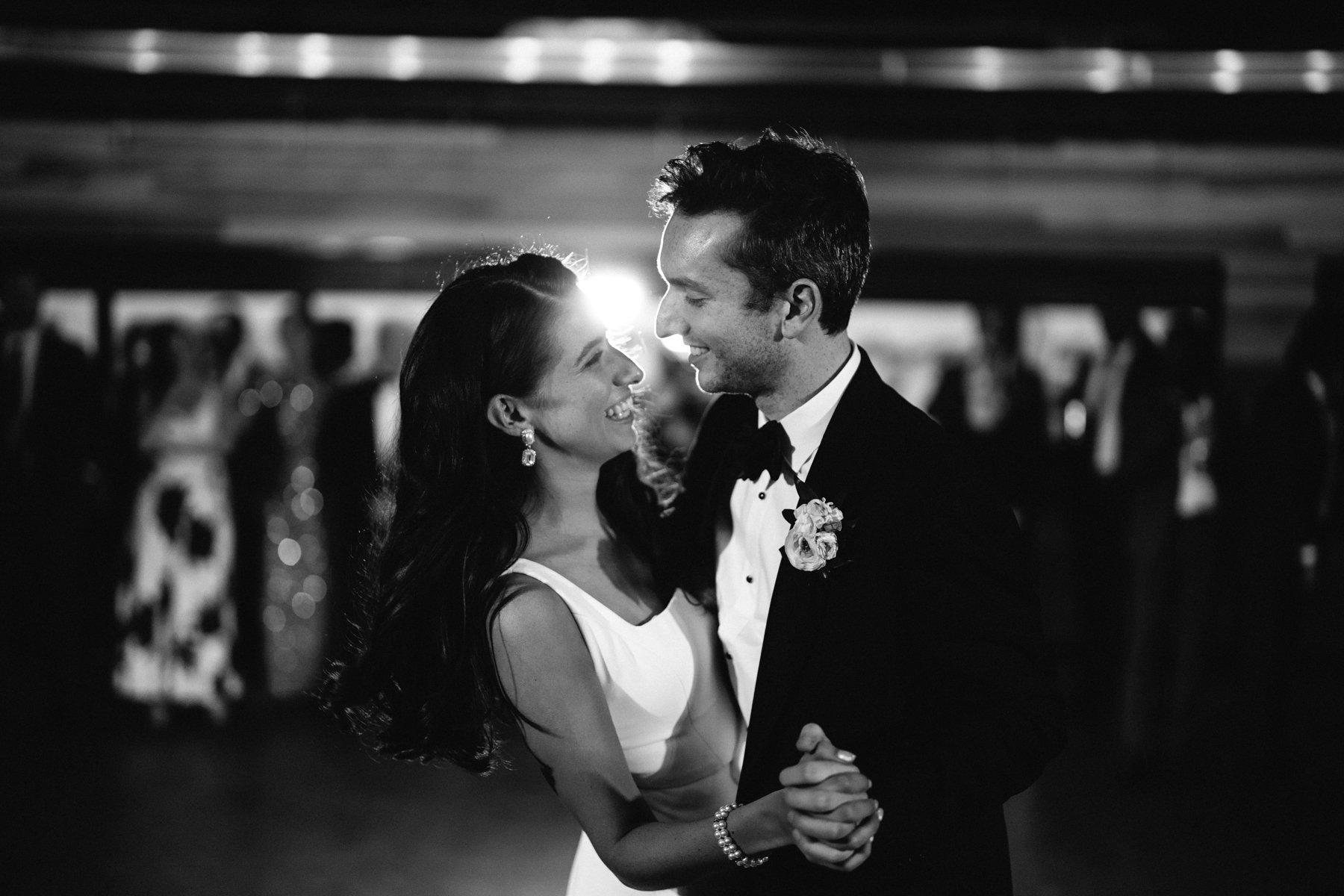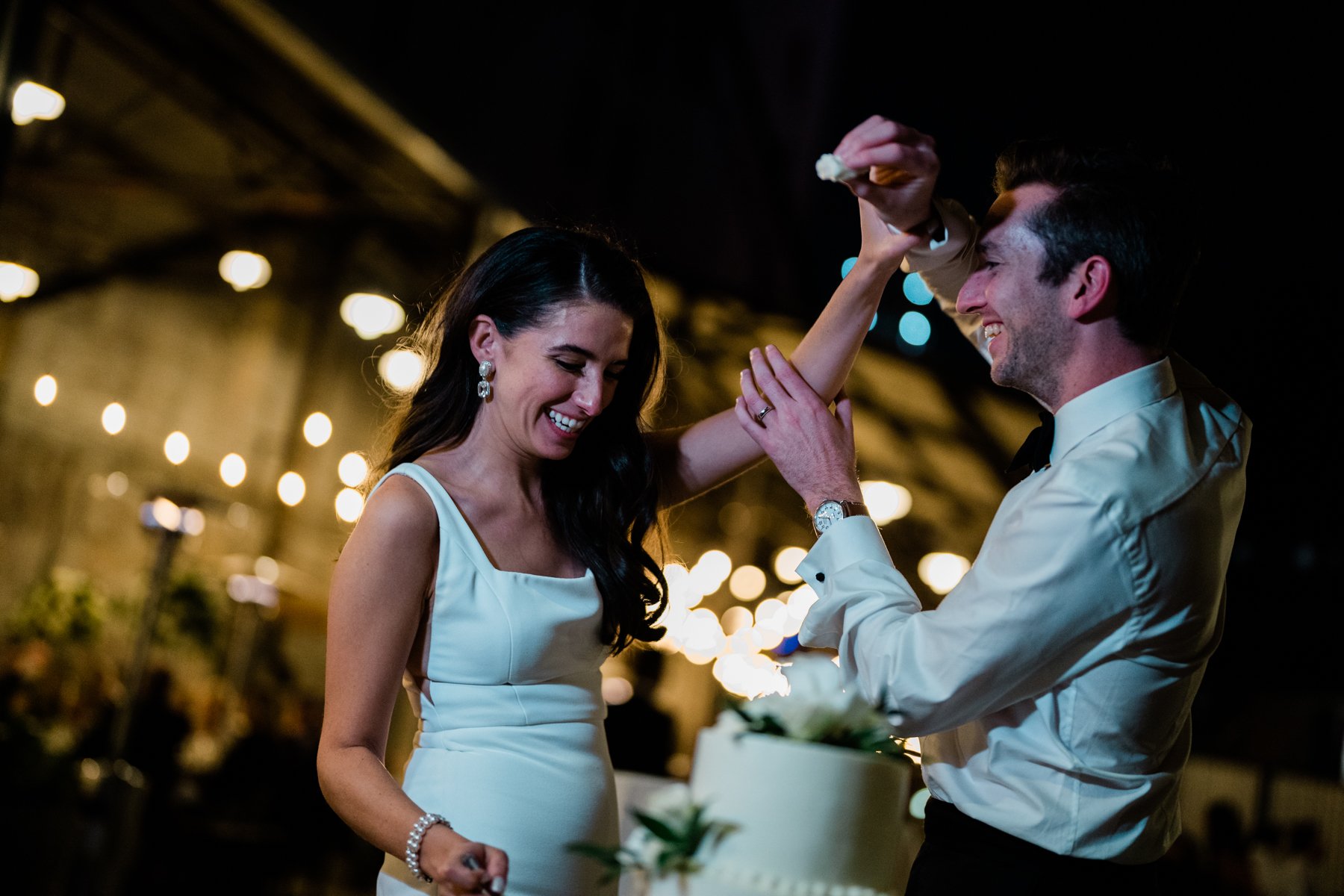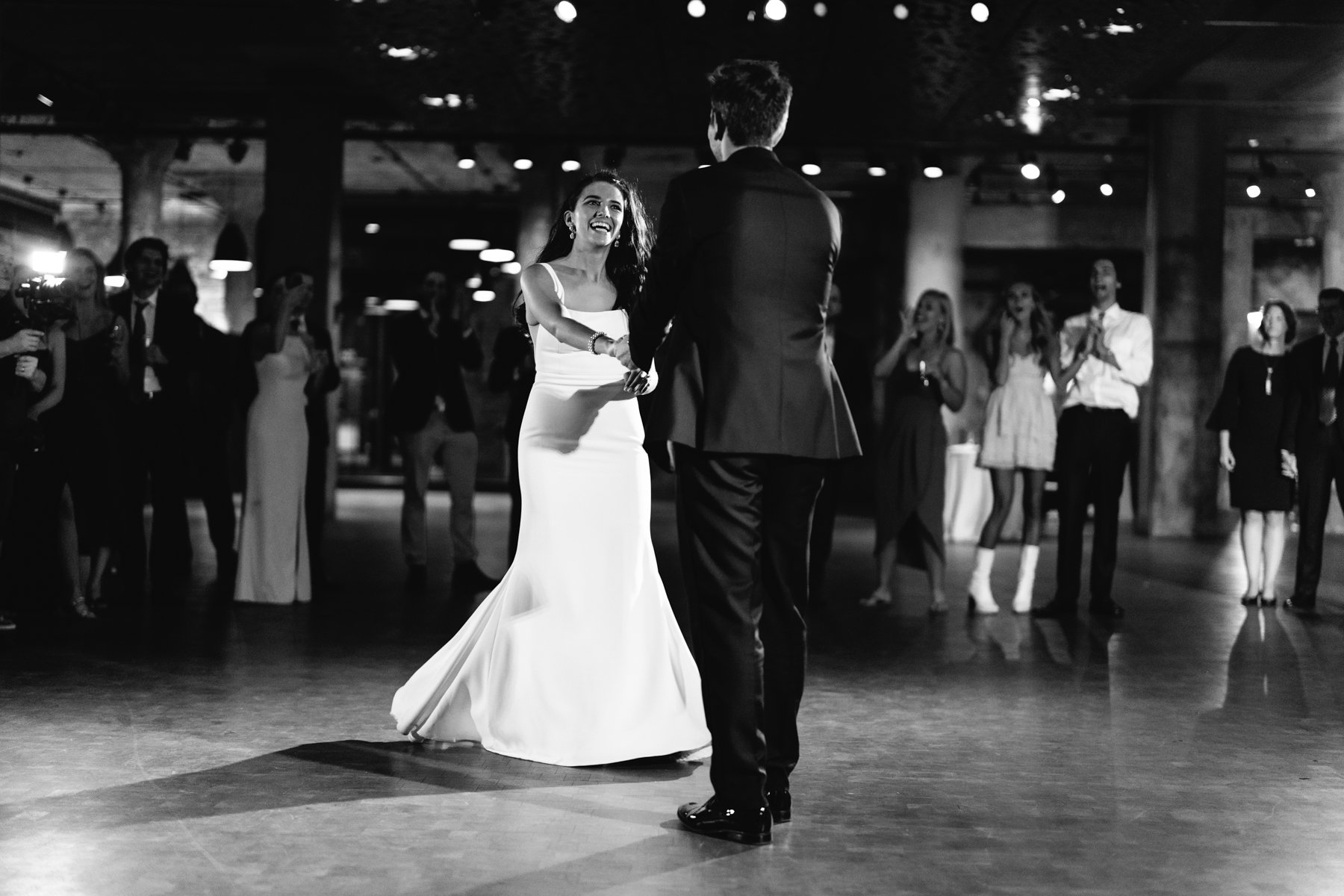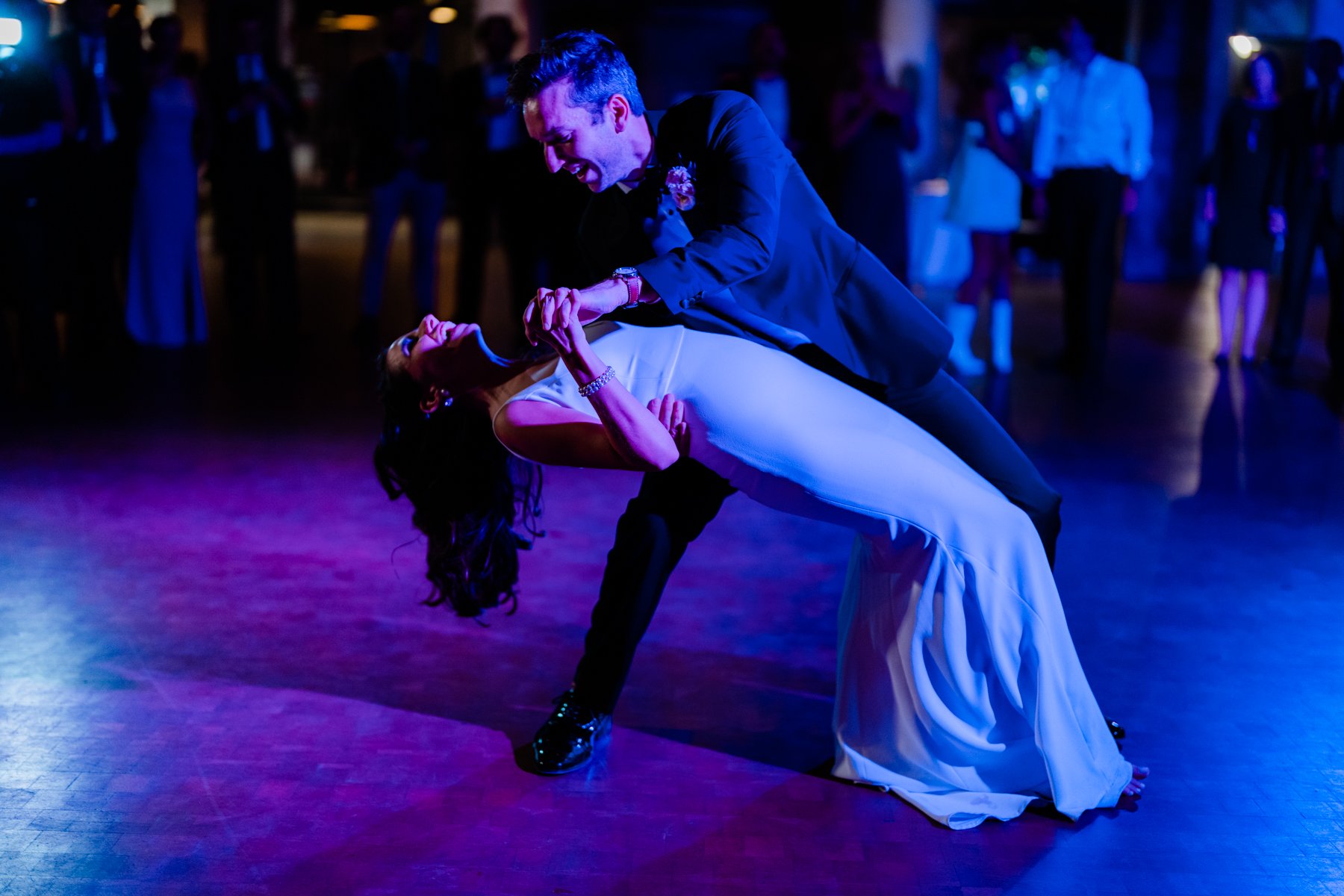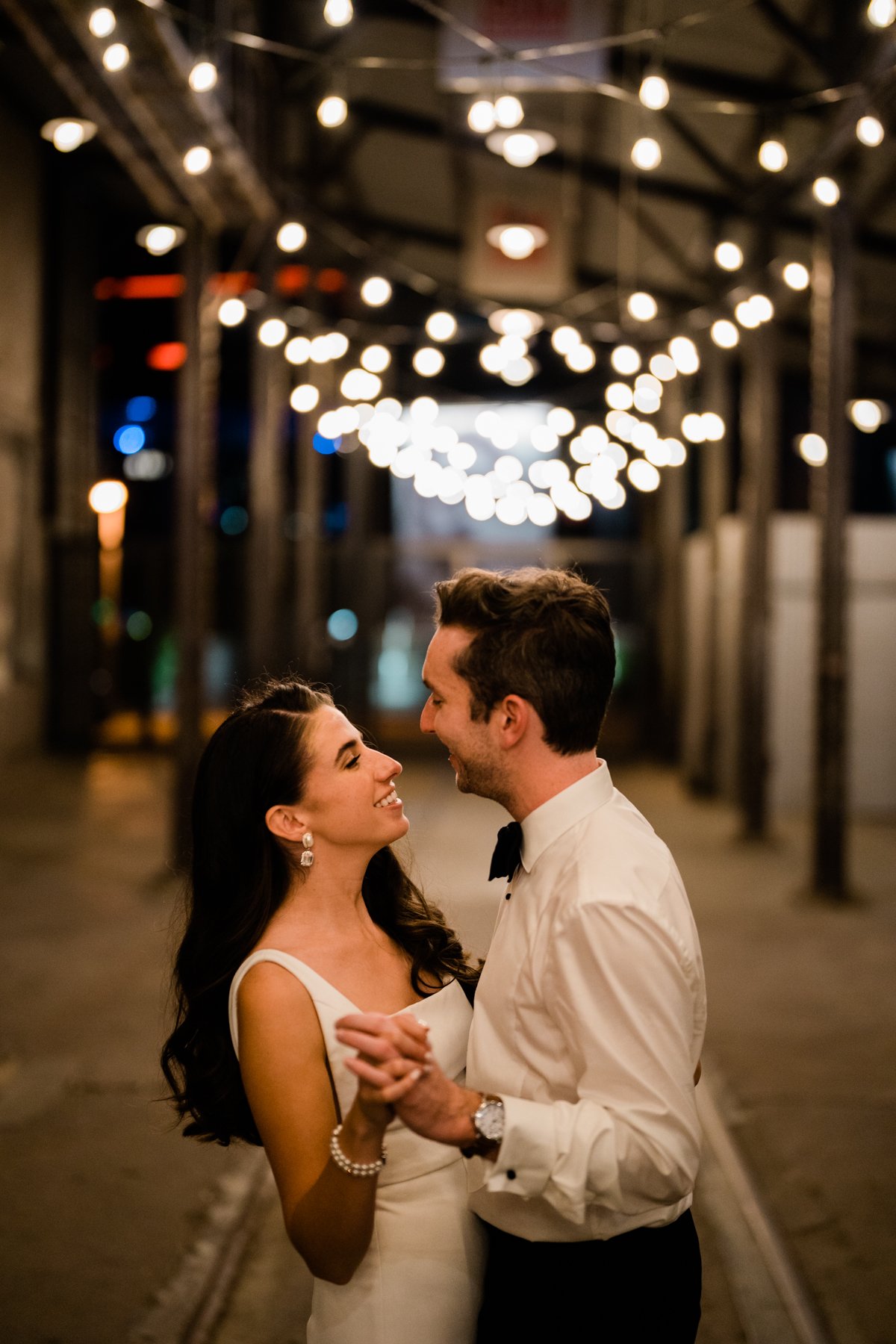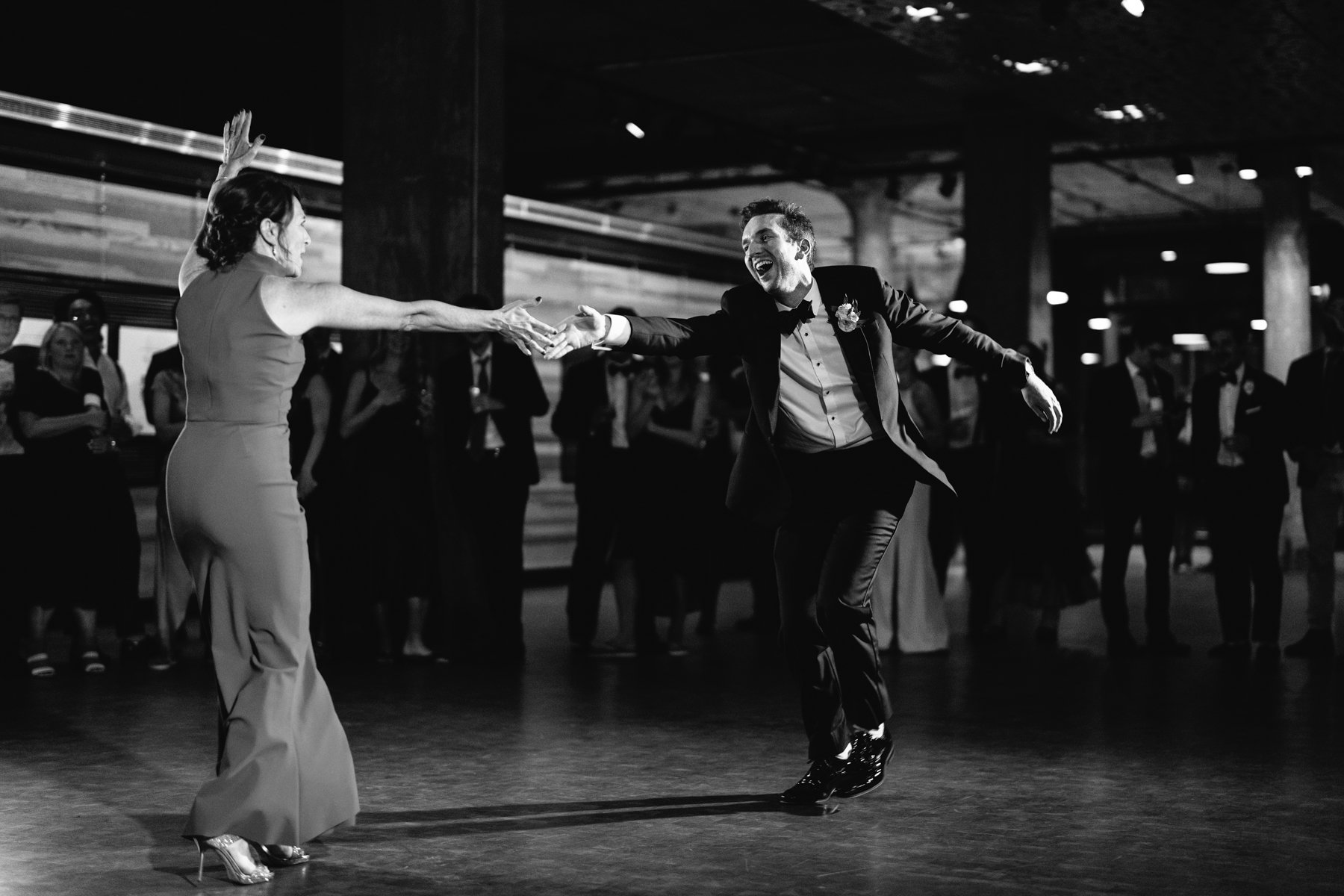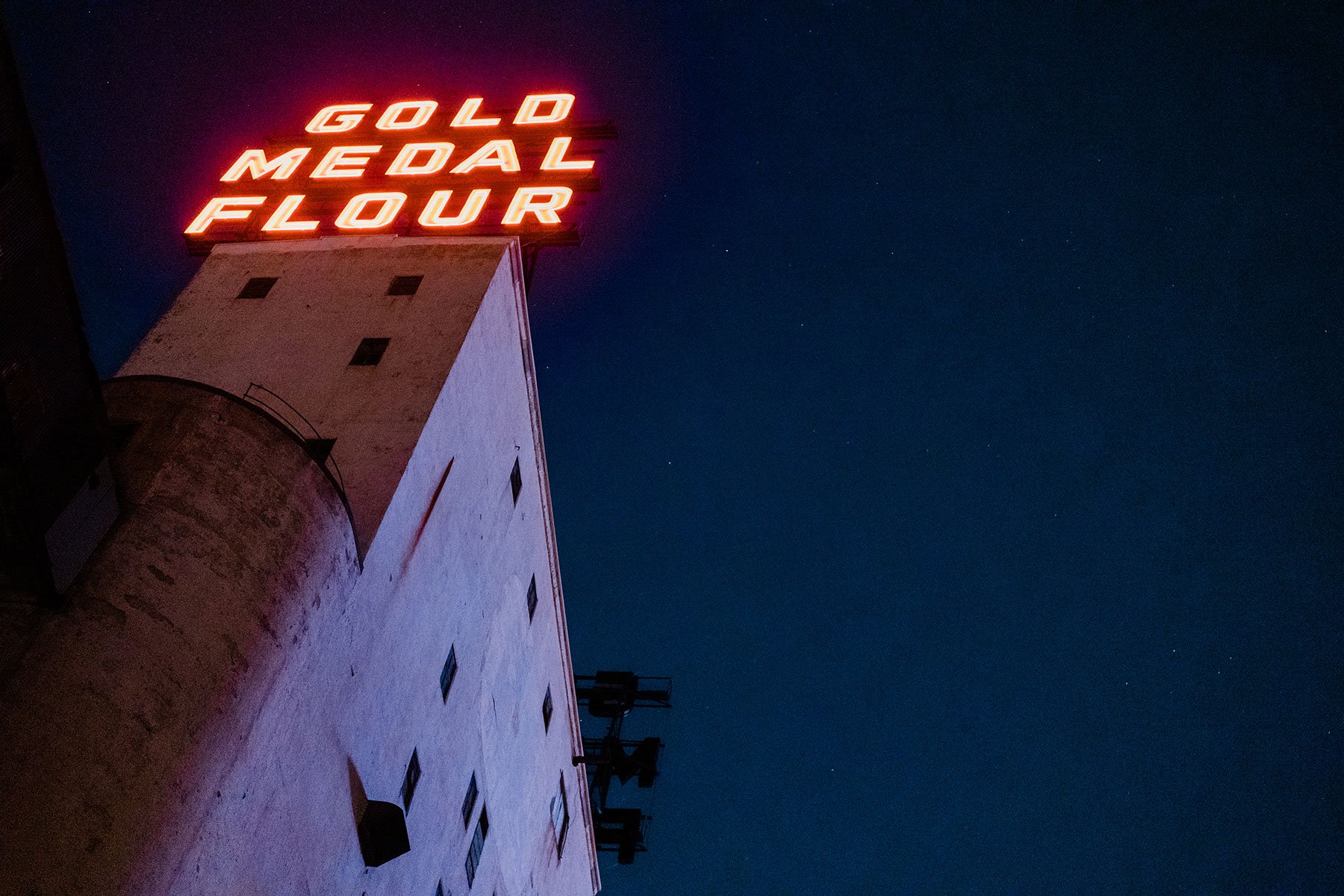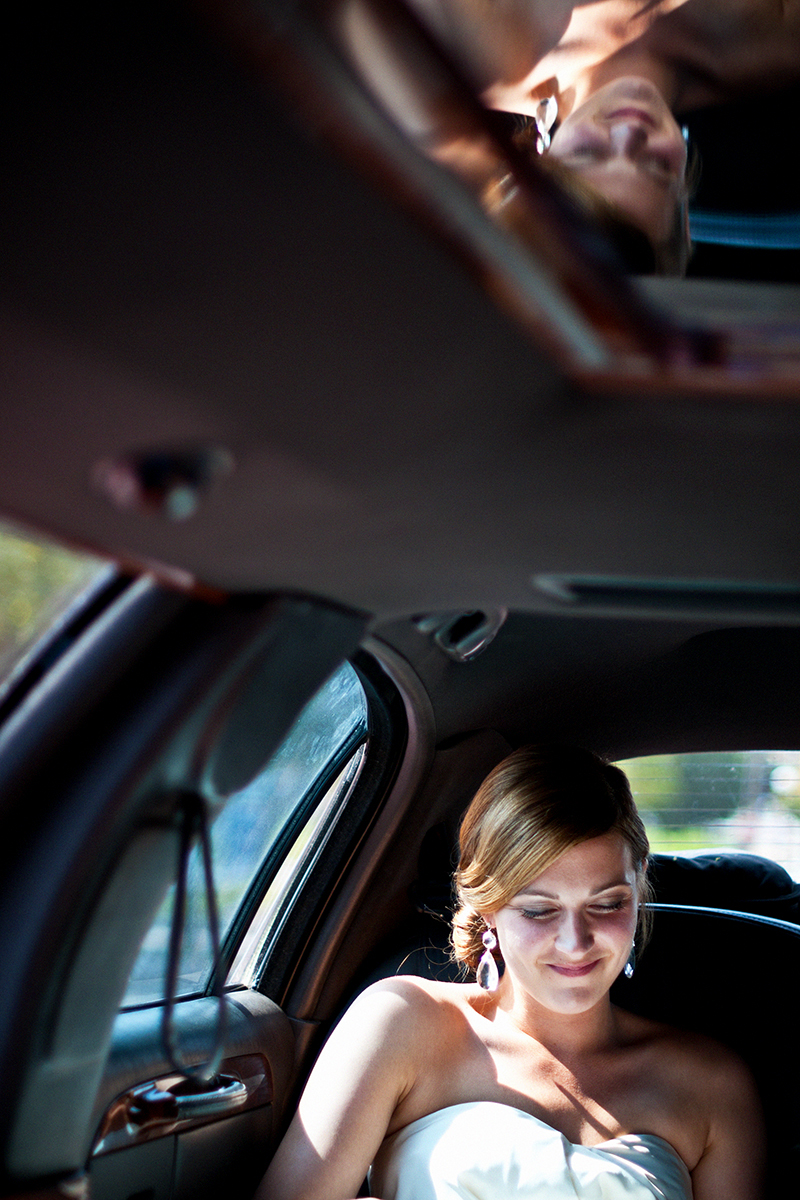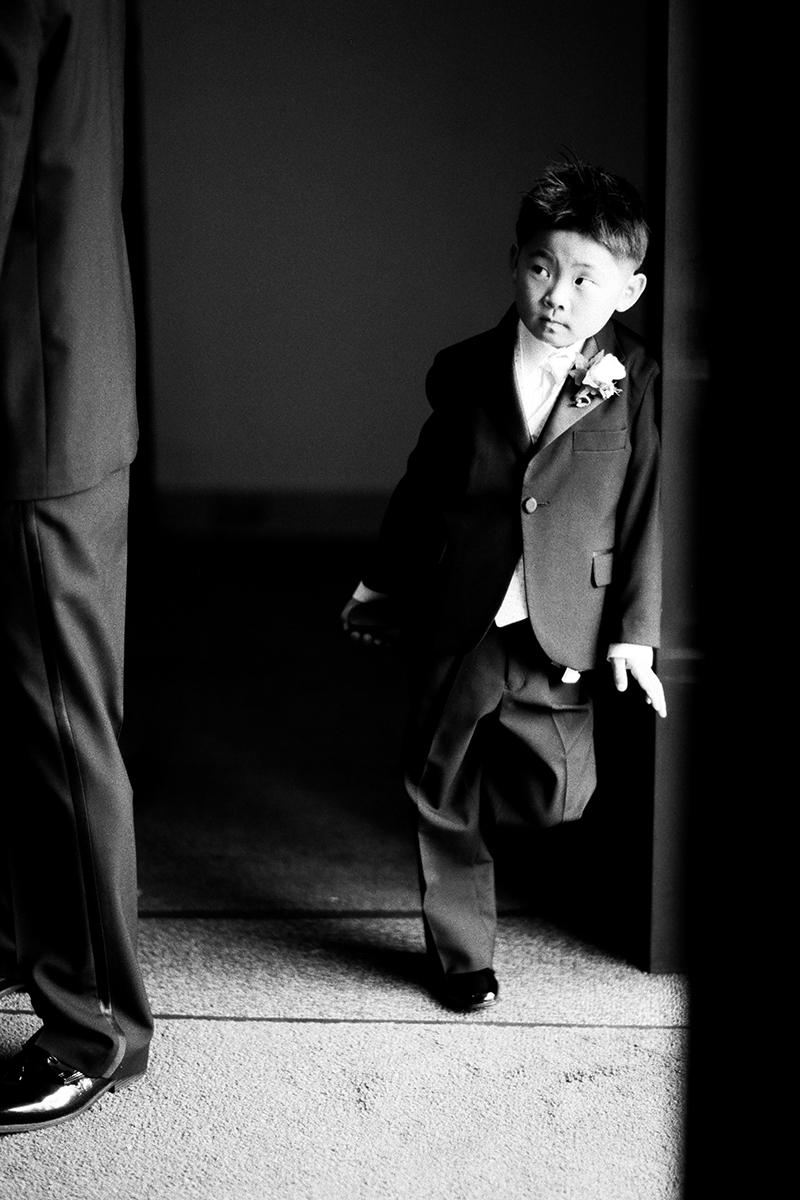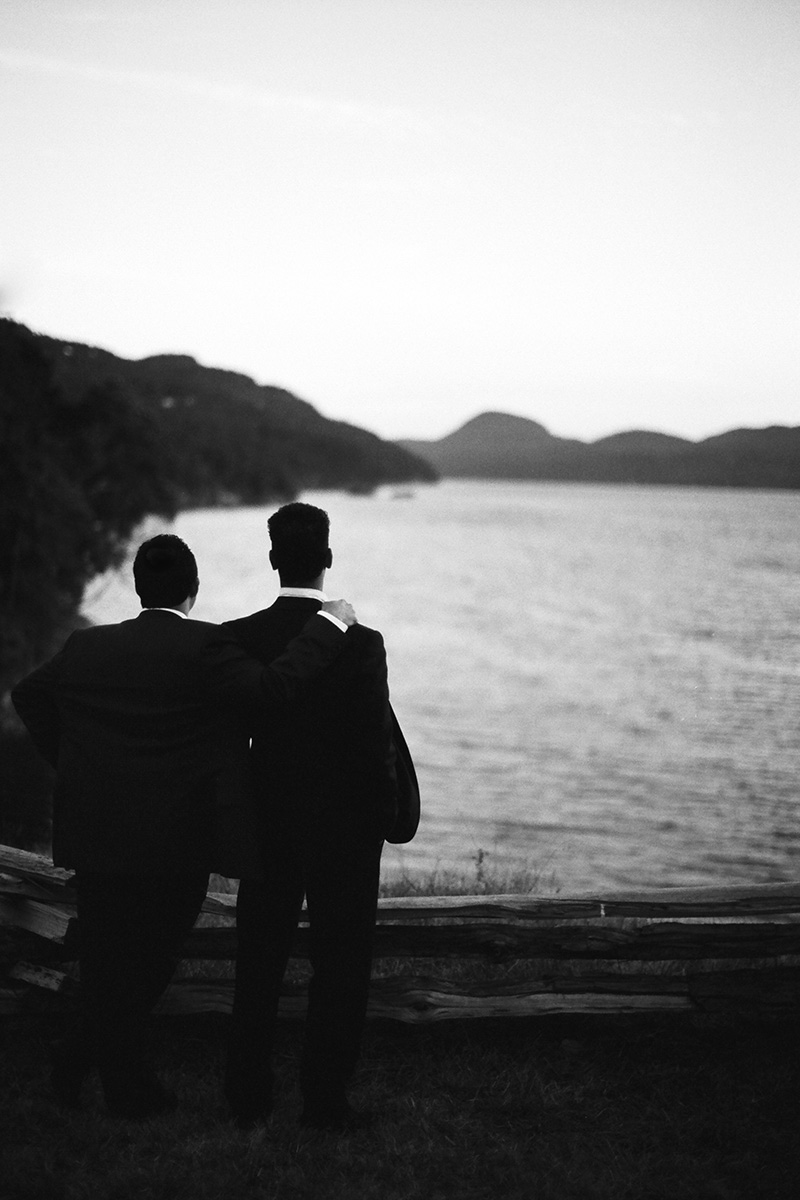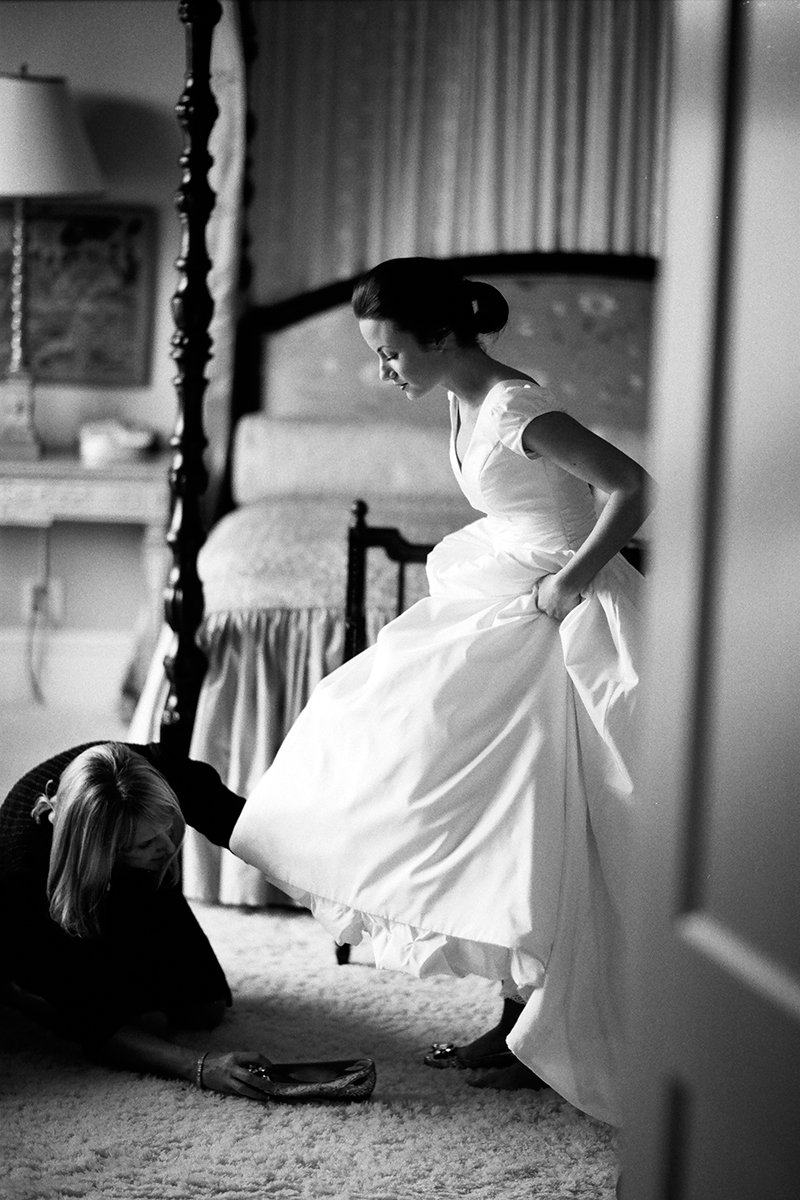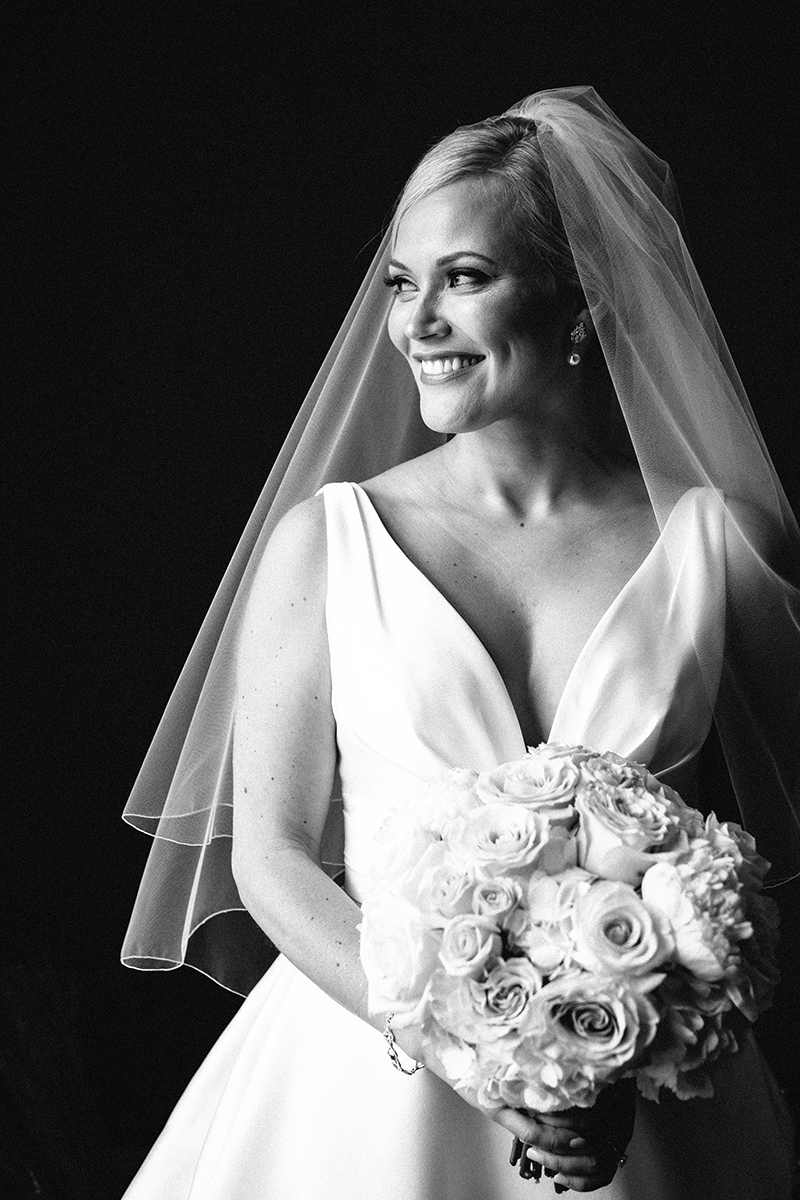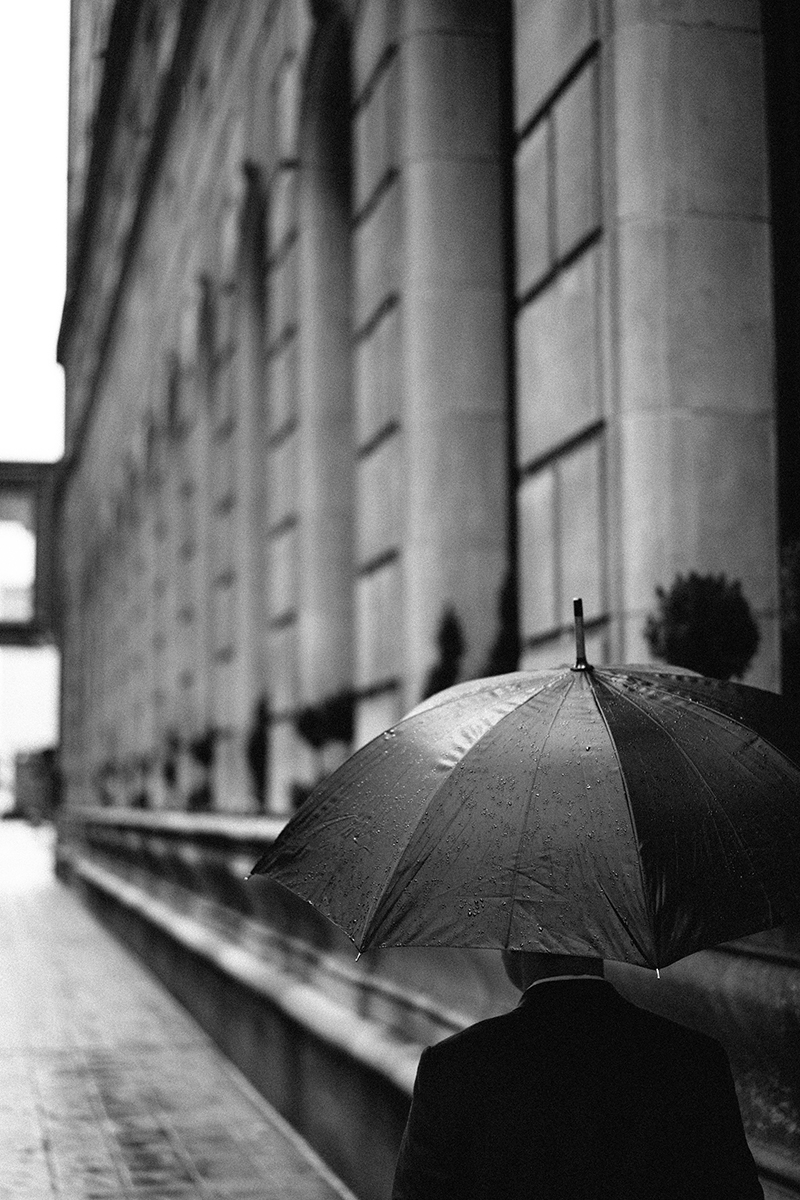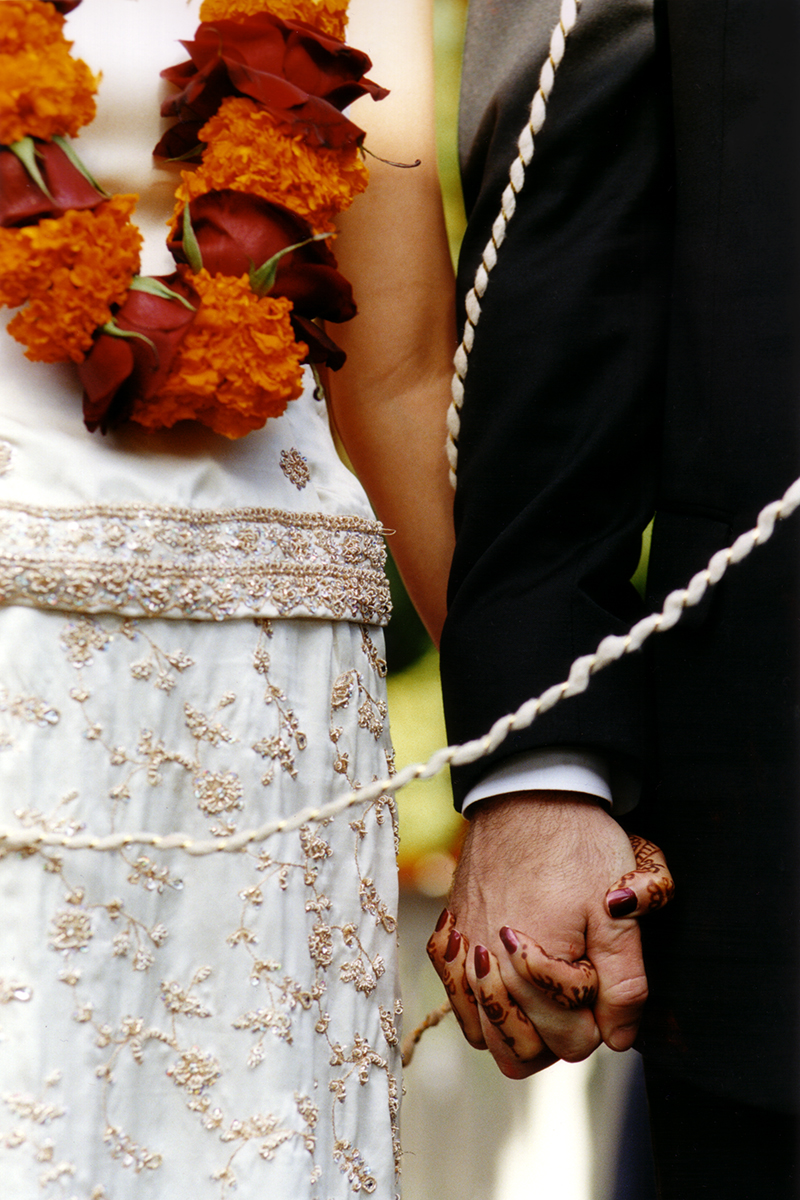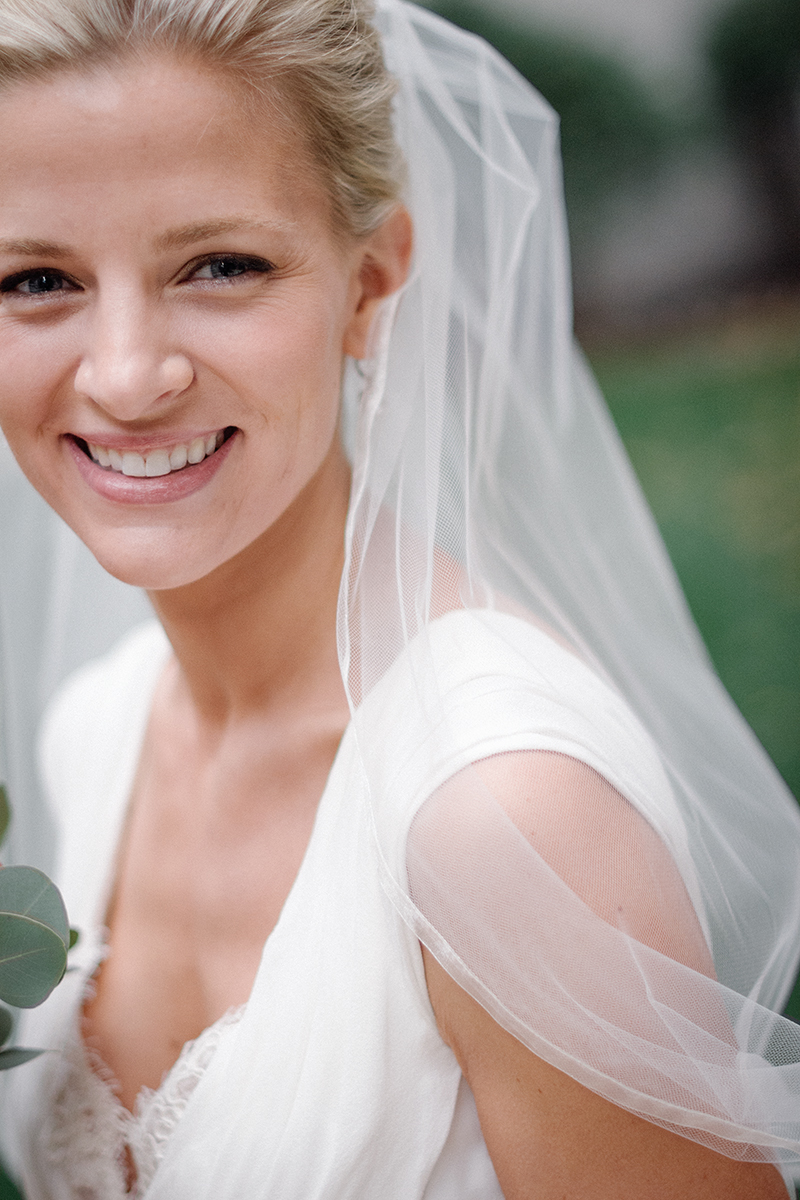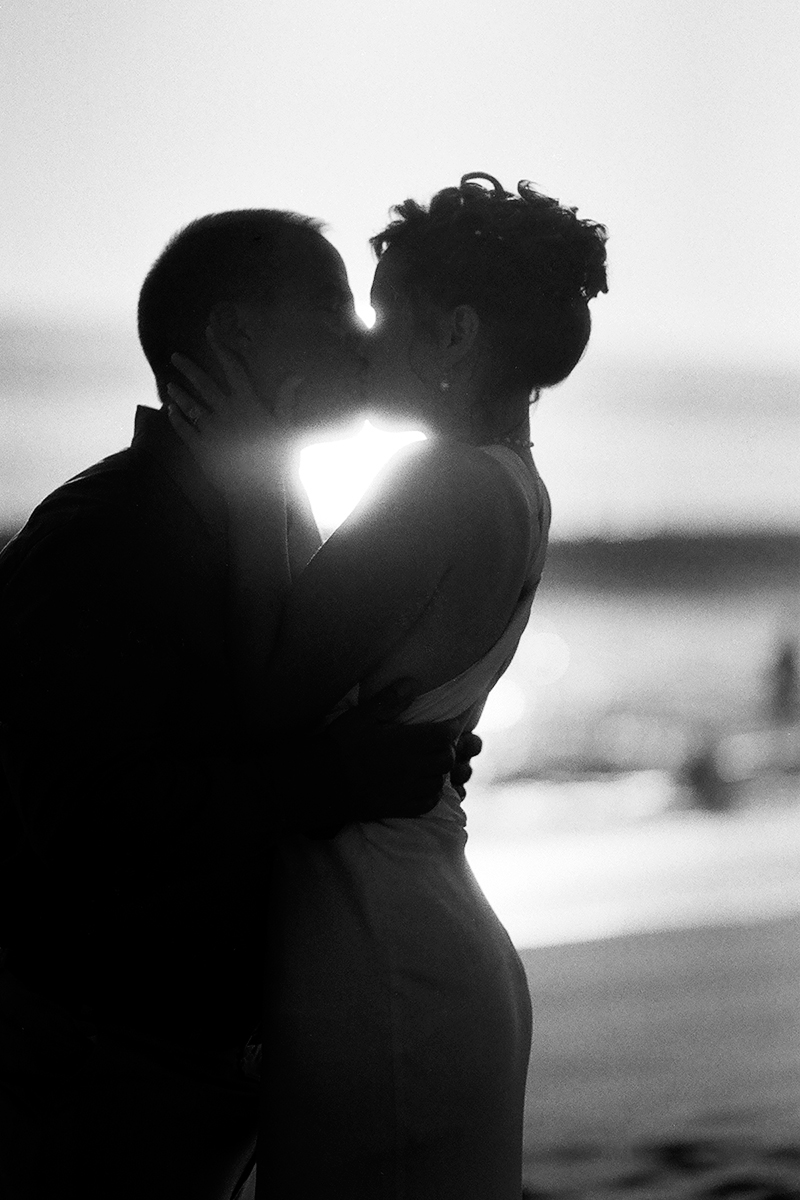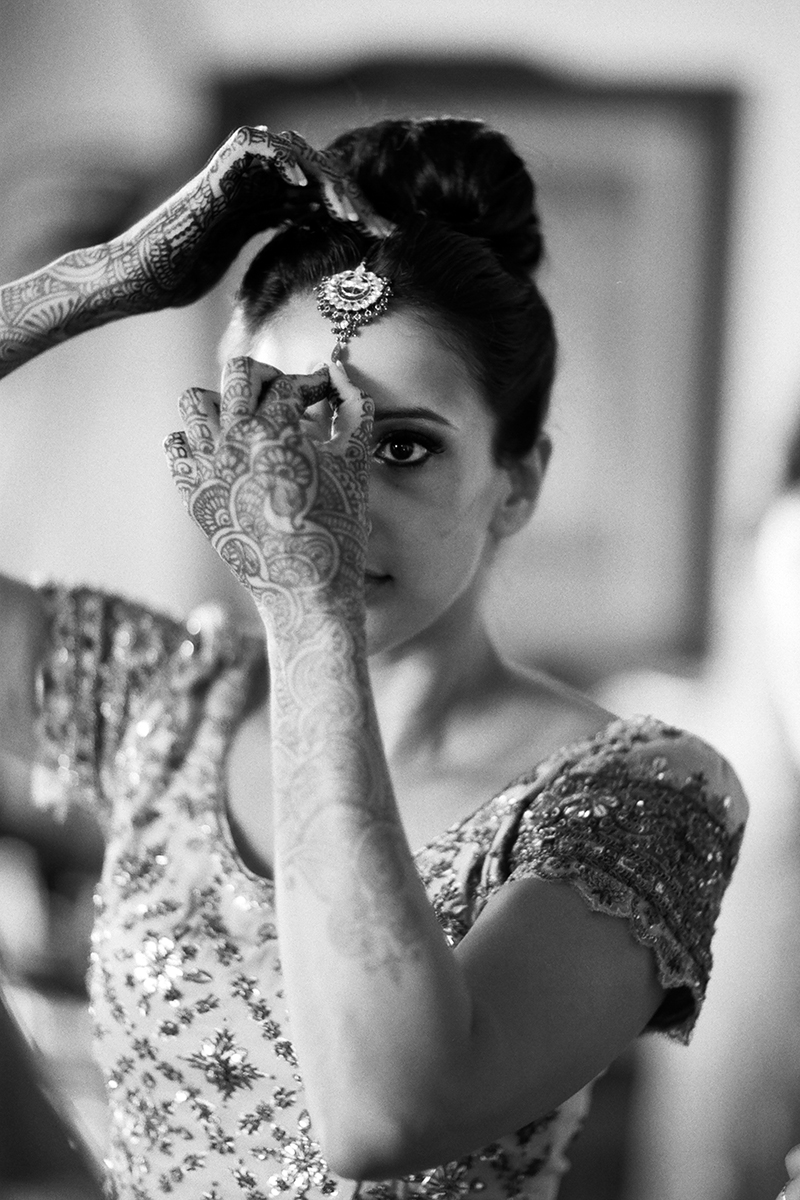Andrea And Kearney's wedding took place at various locations around Minneapolis over the course of 4 days. Day 1 was an evening get together on the top deck at the Minikahda Club, Day 2 was a sunset event at the Kearney home in the Kenwood neighborhood of Minneapolis near the Walker Art Center. Day 3 was a full day, beginning with getting ready at Lake Of The Isles, then a wedding ceremony at the oldest church in Minneapolis, Our Lady Of Lourdes, a mere two blocks from the Mississippi River on Main Street, then a reception at the wonderful and historic Mill City Museum. Day 4 was a breakfast hangout at Andrea’s parents home.
There are far too many favorite images to share them all here. All of the images below are from Saturday, the third day and only full day of photography. Rather than choose only favorites, I’m sharing the images that best give one a sense of the joy and excitement of what it was like to be there. I typically make multiple revisions of the gallery before and after posting, and I expect this trend to continue.
I was just interviewed in World's Best Wedding Photos about how I got started in Seattle shooting weddings on film, how I work, and why I never ended up delivering pizzas. They also selected some of their favorite photographs of mine. If you’d like to read the entire interview and see the accompanying gallery, click here.
If you want to follow me on Instagram, I have two accounts: @bradleyhanson is my personal one, all square images from my iPhone since 2008. @bradleyhansonphotography is my professional portfolio, a mix of weddings, family and portraits, as well as black and white and color landscape images. If you are still reading this far, you’ve already figured out how to find my website…
I am a Minneapolis/Saint Paul, Minnesota based wedding photographer, specializing in documentary style weddings, Jewish weddings and Indian/Hindu weddings all over the world. To see more of my work, click the wedding galleries under the portfolio heading. To inquire about my rates and availability, call me at 206-393-8292, email me at bradley@bradleyhanson.com or fill out the contact form (click the “contact” link on the top right above this paragraph).
